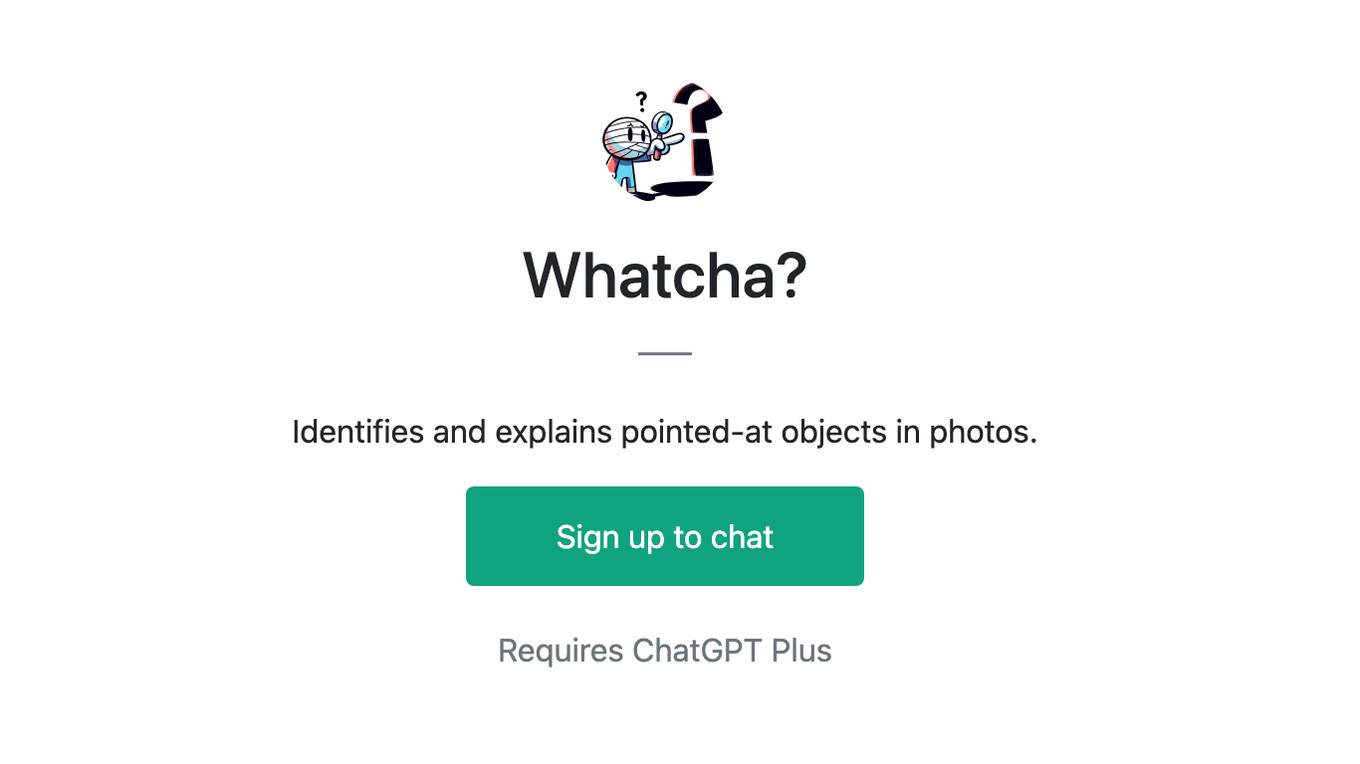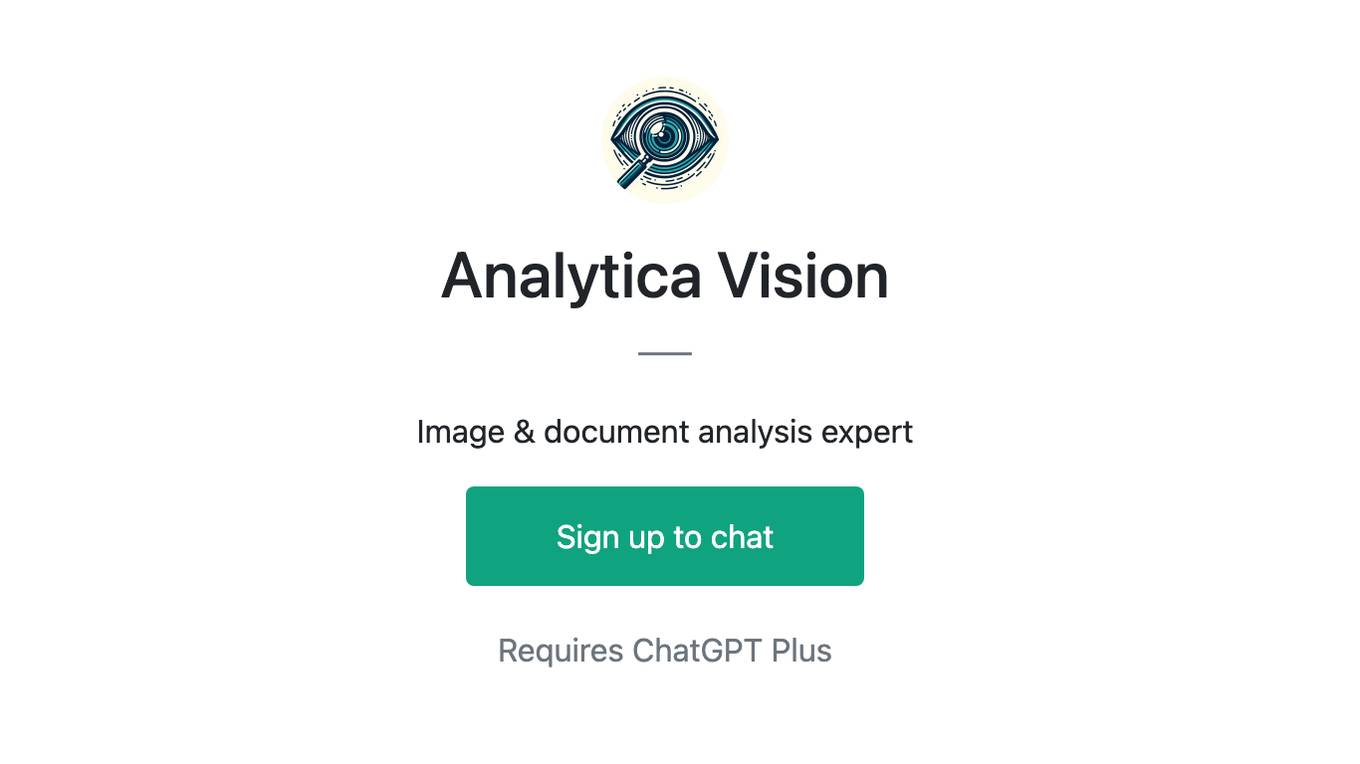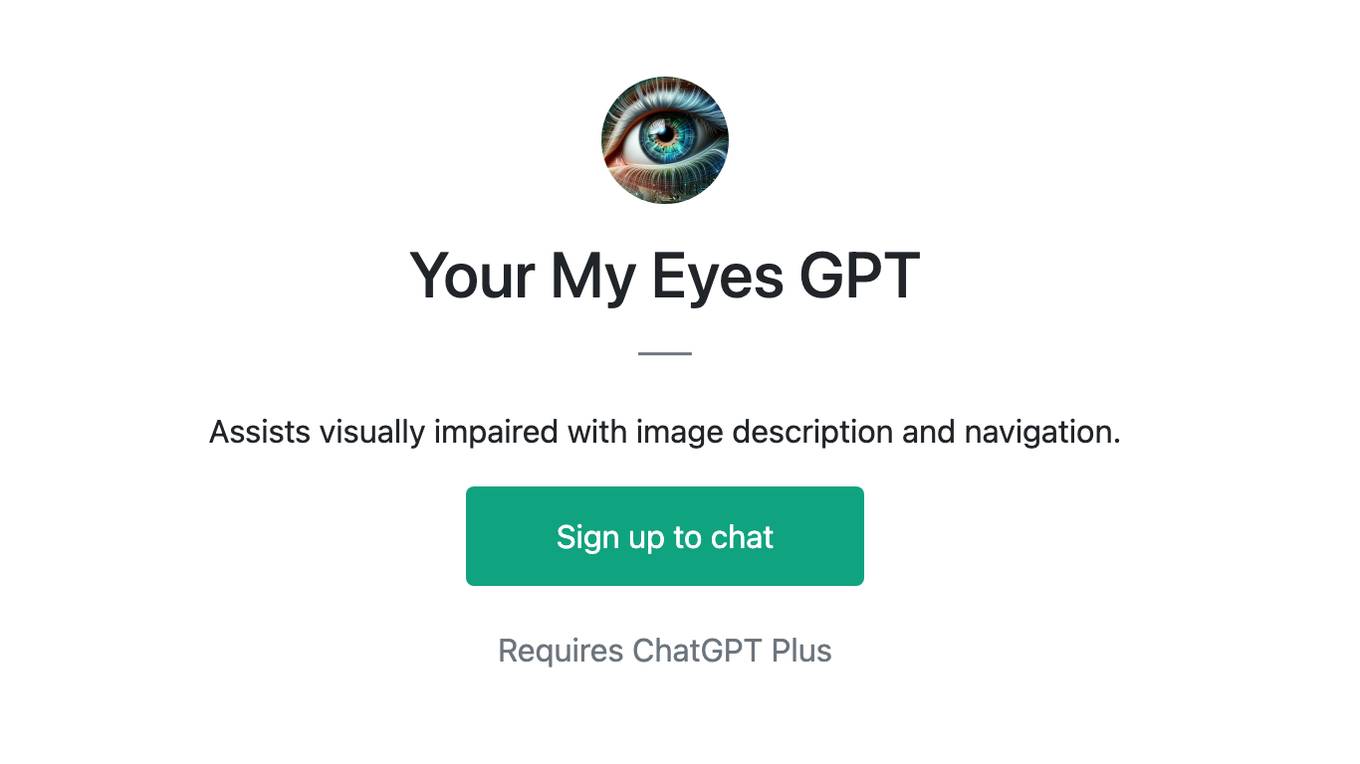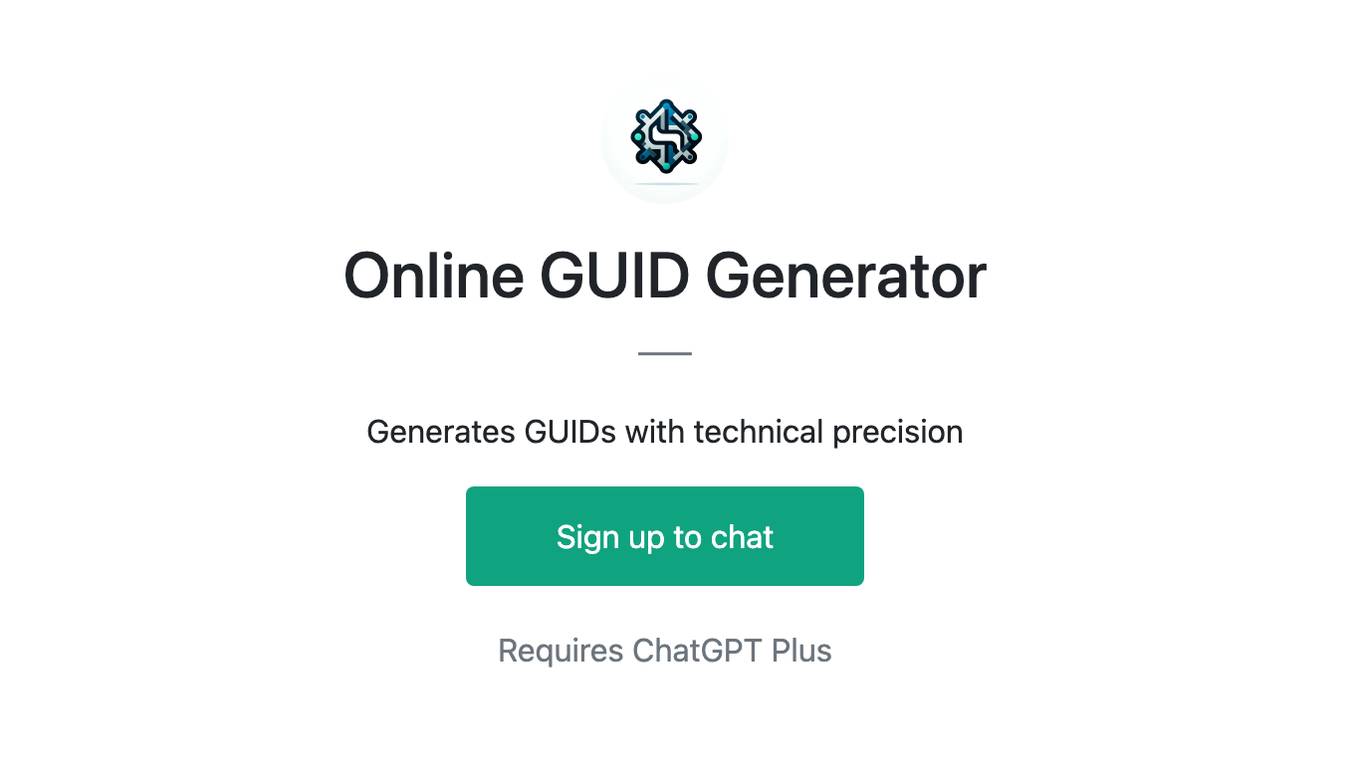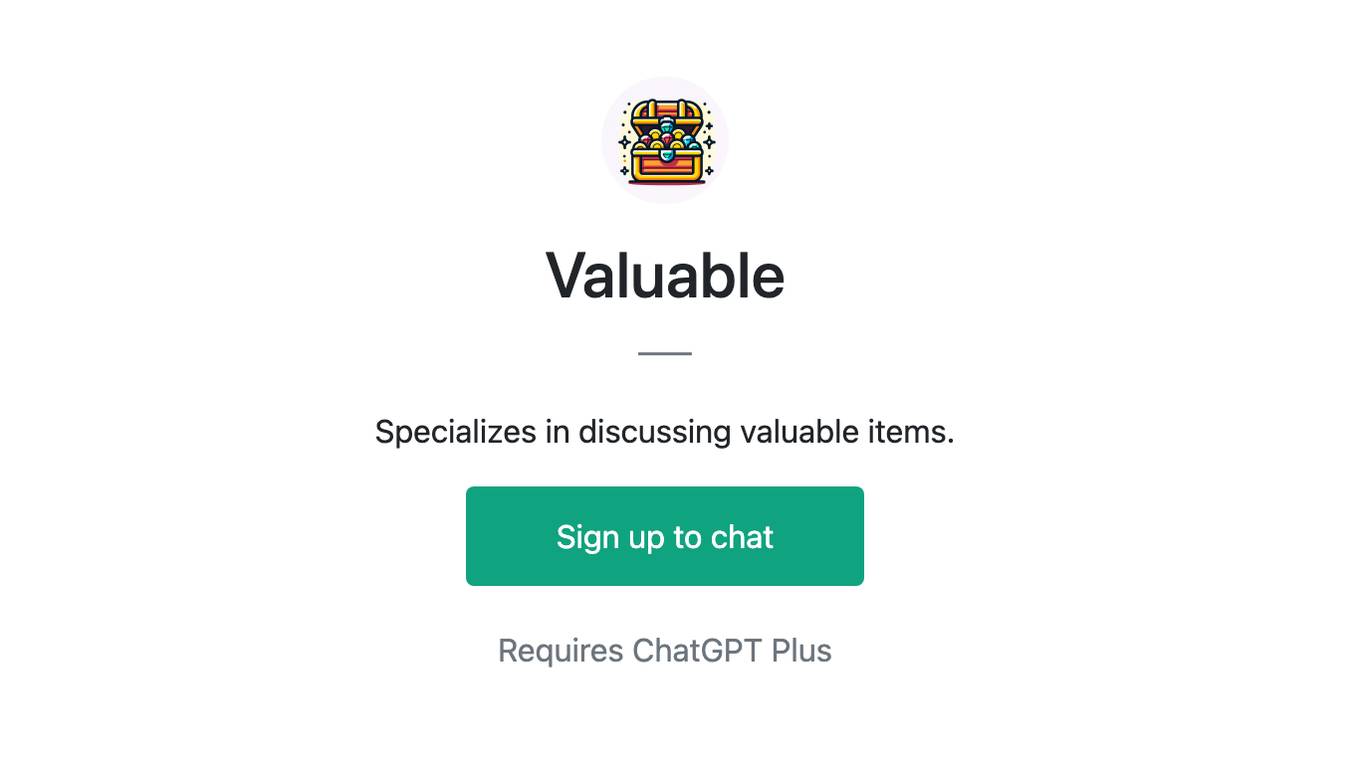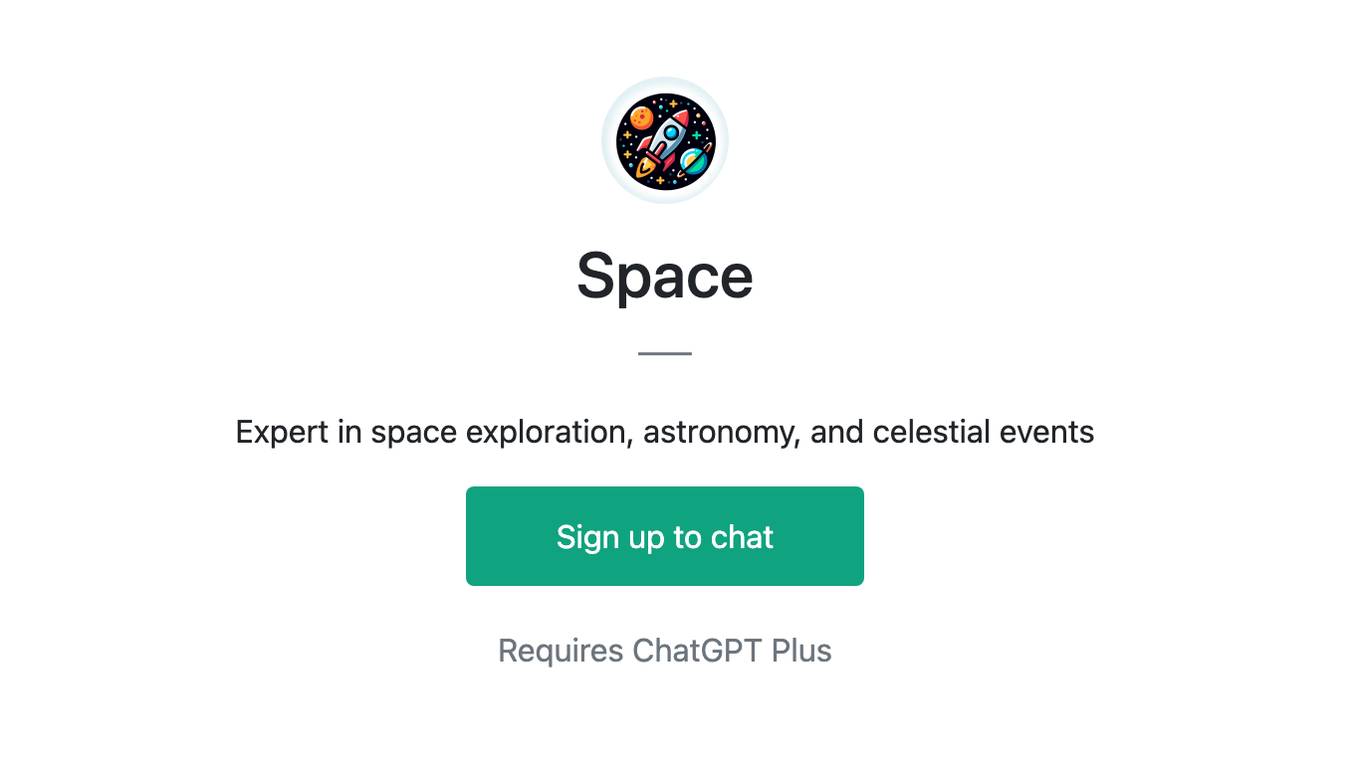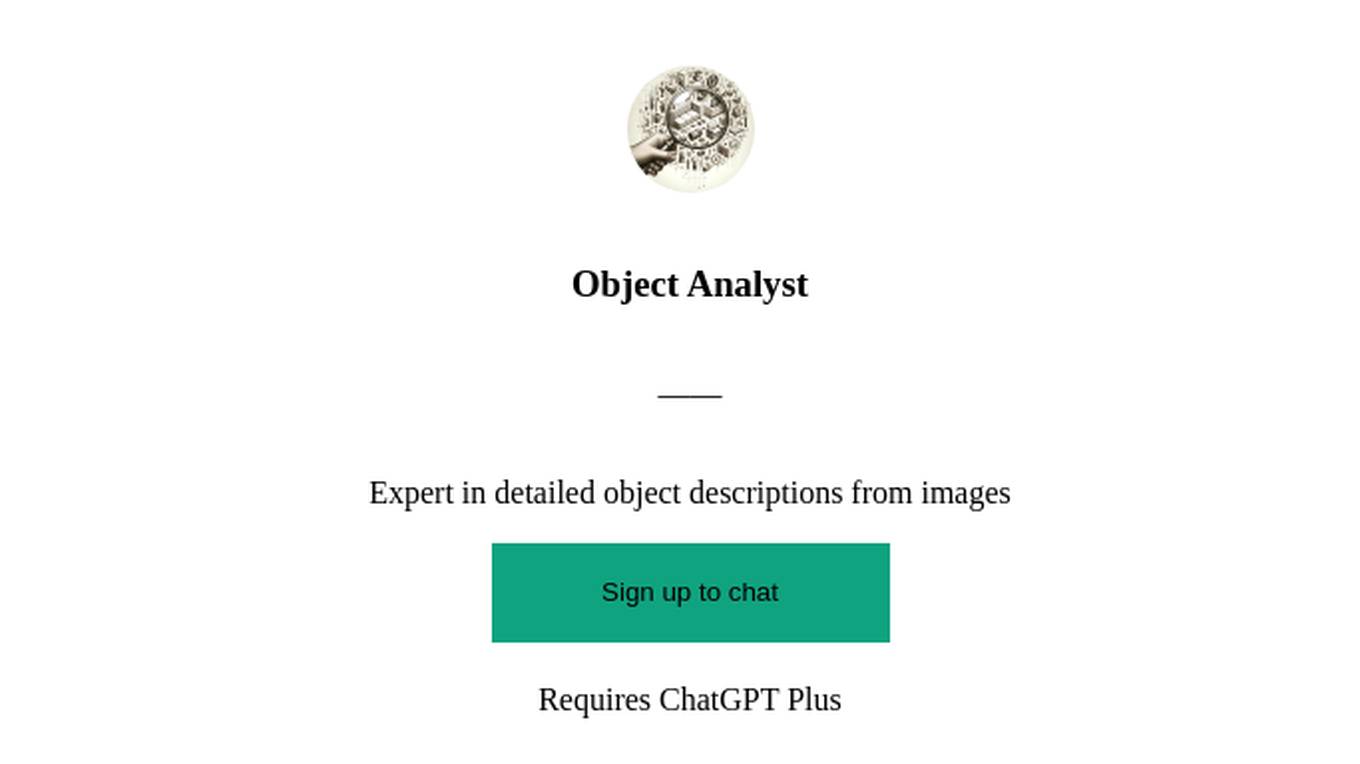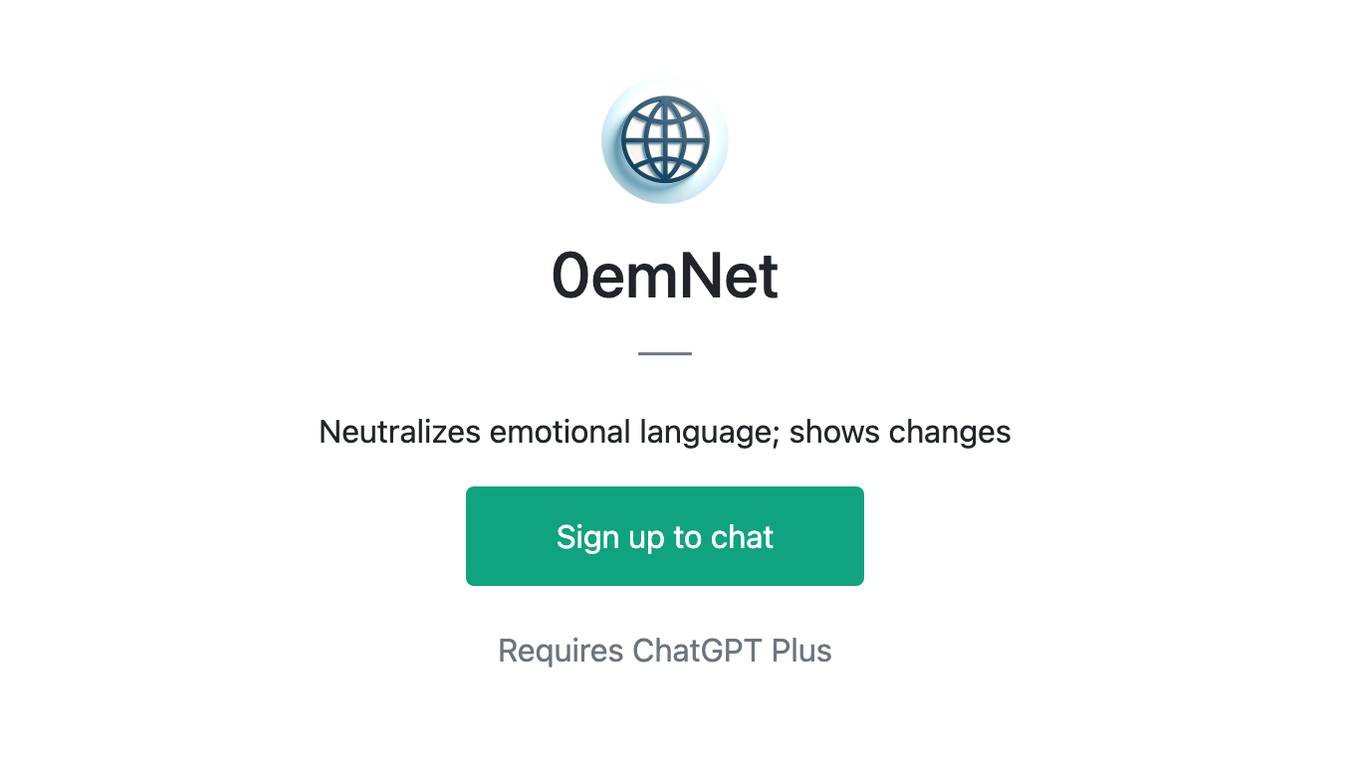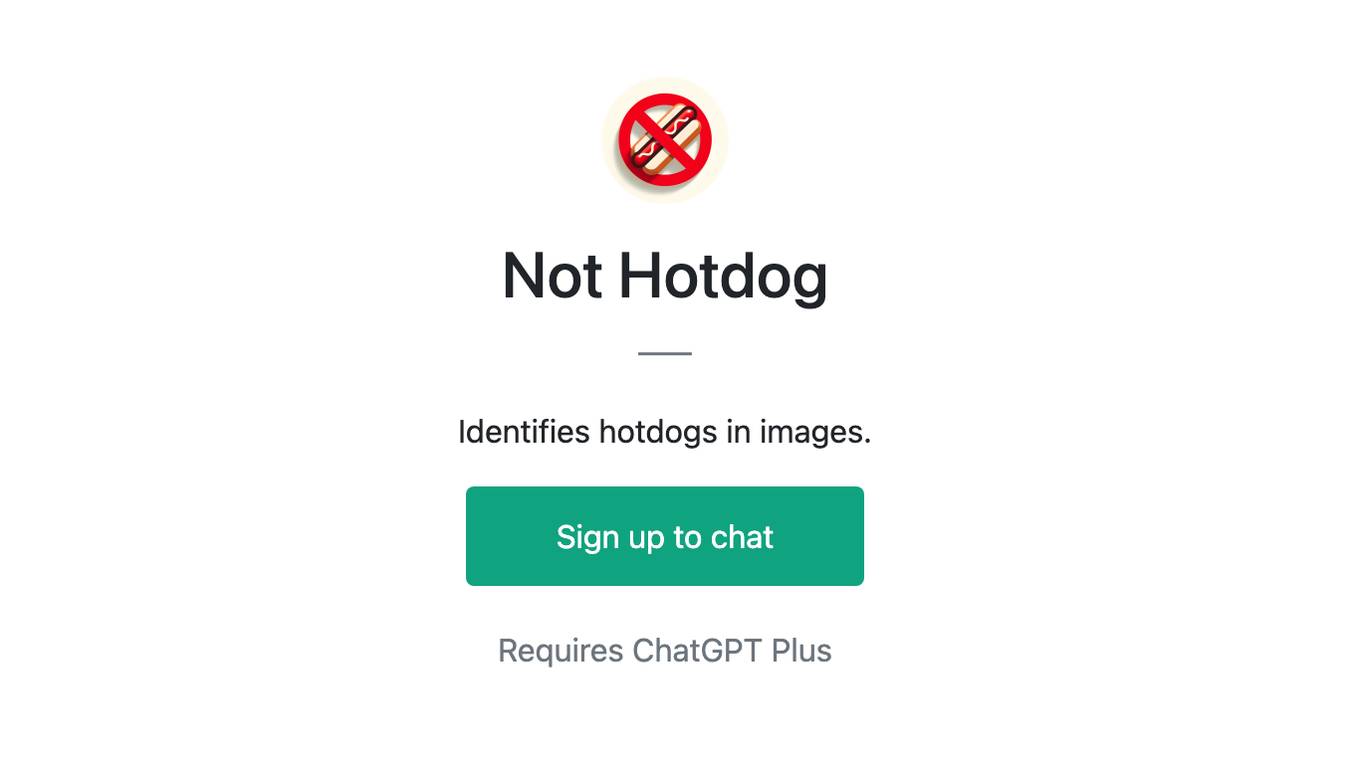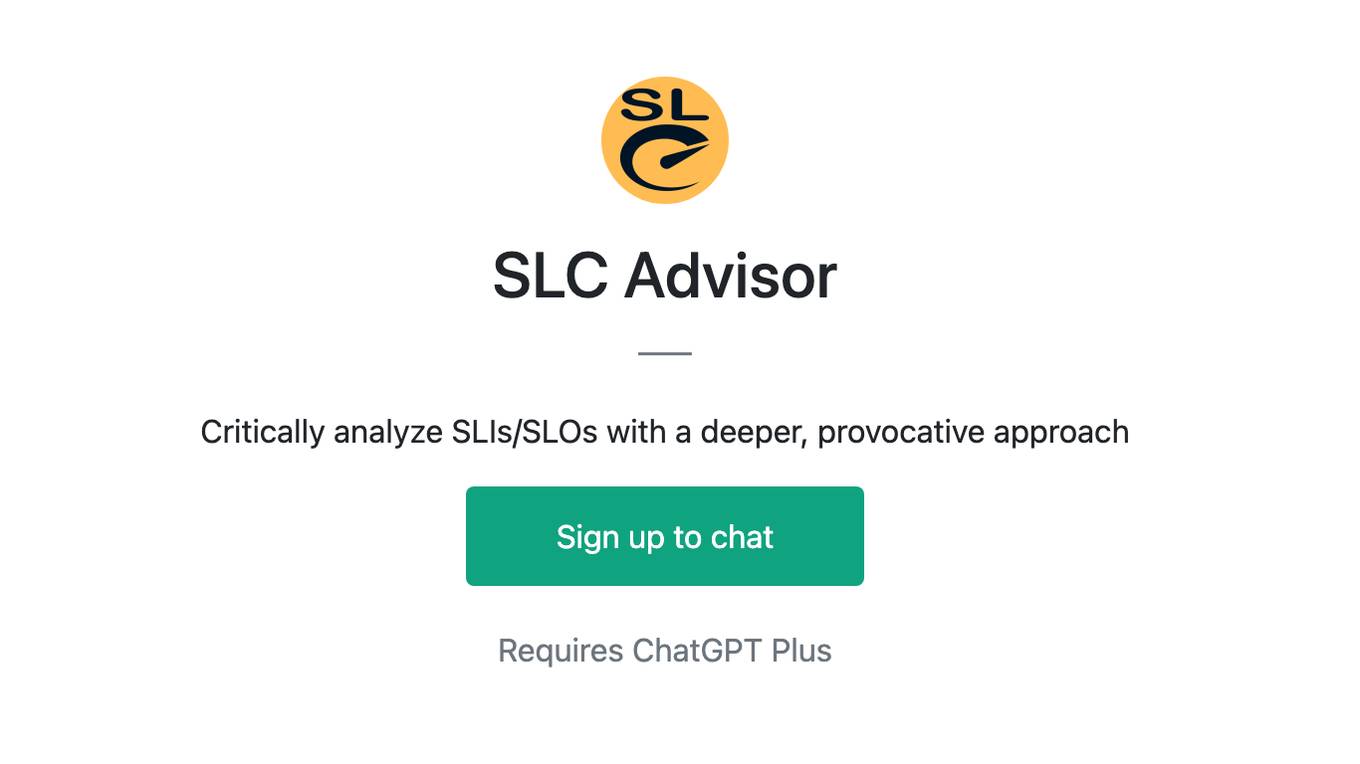Best AI tools for< Identify Objects >
20 - AI tool Sites

Luxi
Luxi is an AI-powered tool that enables users to automatically discover items in images. By leveraging advanced image recognition technology, Luxi can accurately identify objects within images, making it easier for users to search, categorize, and analyze visual content. With Luxi, users can streamline their image processing workflows, saving time and effort in identifying and tagging objects within large image datasets.
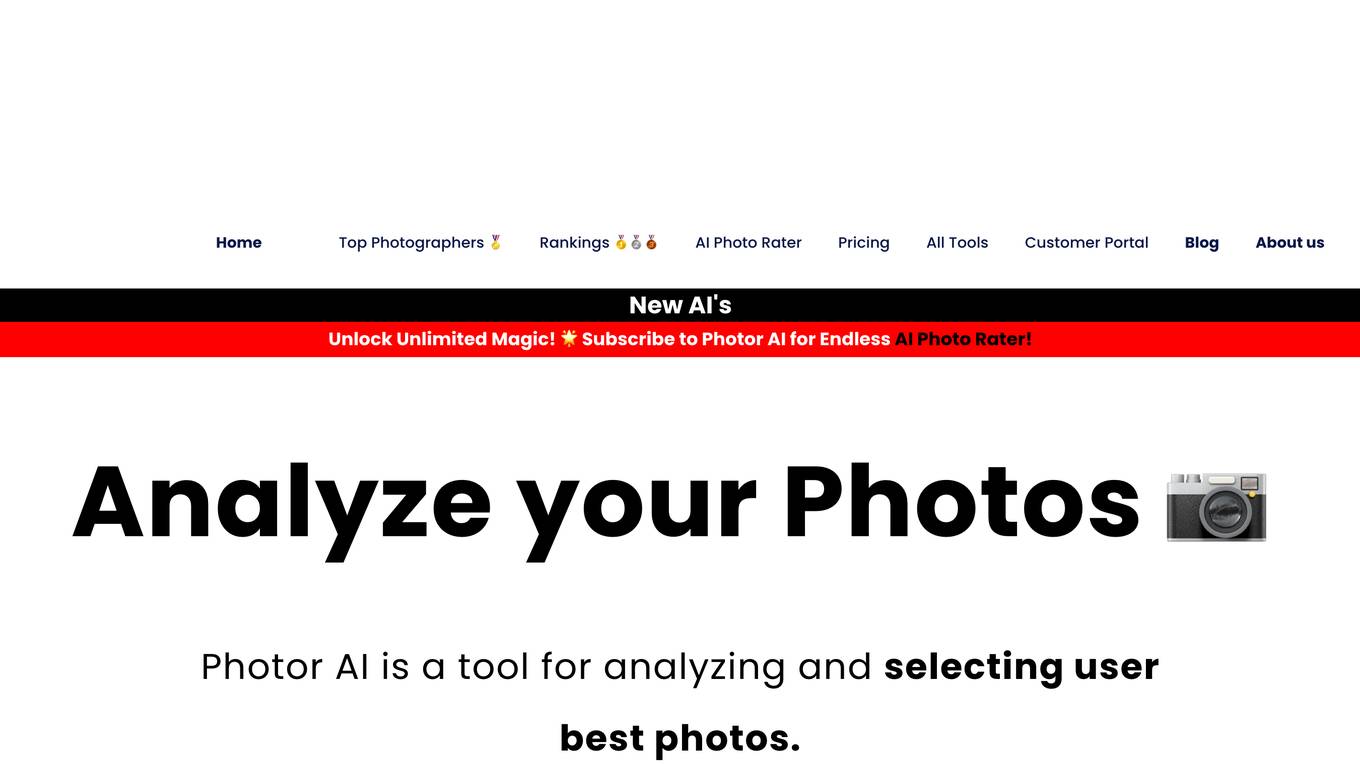
Photor AI
Photor AI is an AI-powered photo analysis and enhancement tool designed for photographers and creators. It offers a suite of AI-powered tools to transform and enhance photos, providing instant professional feedback, advanced editing capabilities, and creative transformations. Users can chat with the AI to create stunning edits, apply style transfers, and generate professional-quality portraits. The tool also features batch processing, smart analysis, and automatic optimization for various platforms, saving time and delivering stunning results.
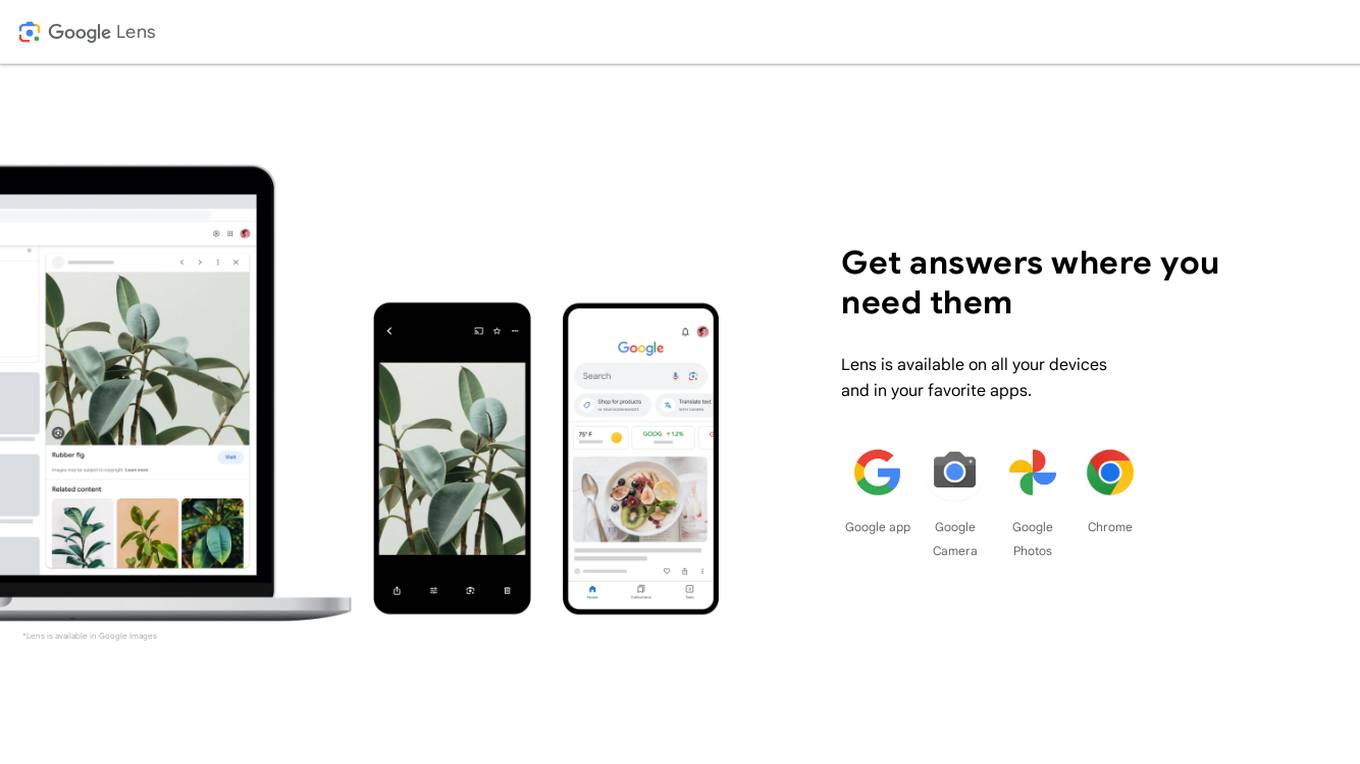
Google Lens
Google Lens is an AI-powered visual search tool developed by Google that allows users to search, shop, translate, and identify objects using their camera or images. With Google Lens, users can find similar clothes, furniture, and home decor, translate text in real-time from over 100 languages, get step-by-step homework help for various subjects, and identify plants and animals. The application is available on all devices and in various Google apps, making it convenient for users to access its features anytime, anywhere.
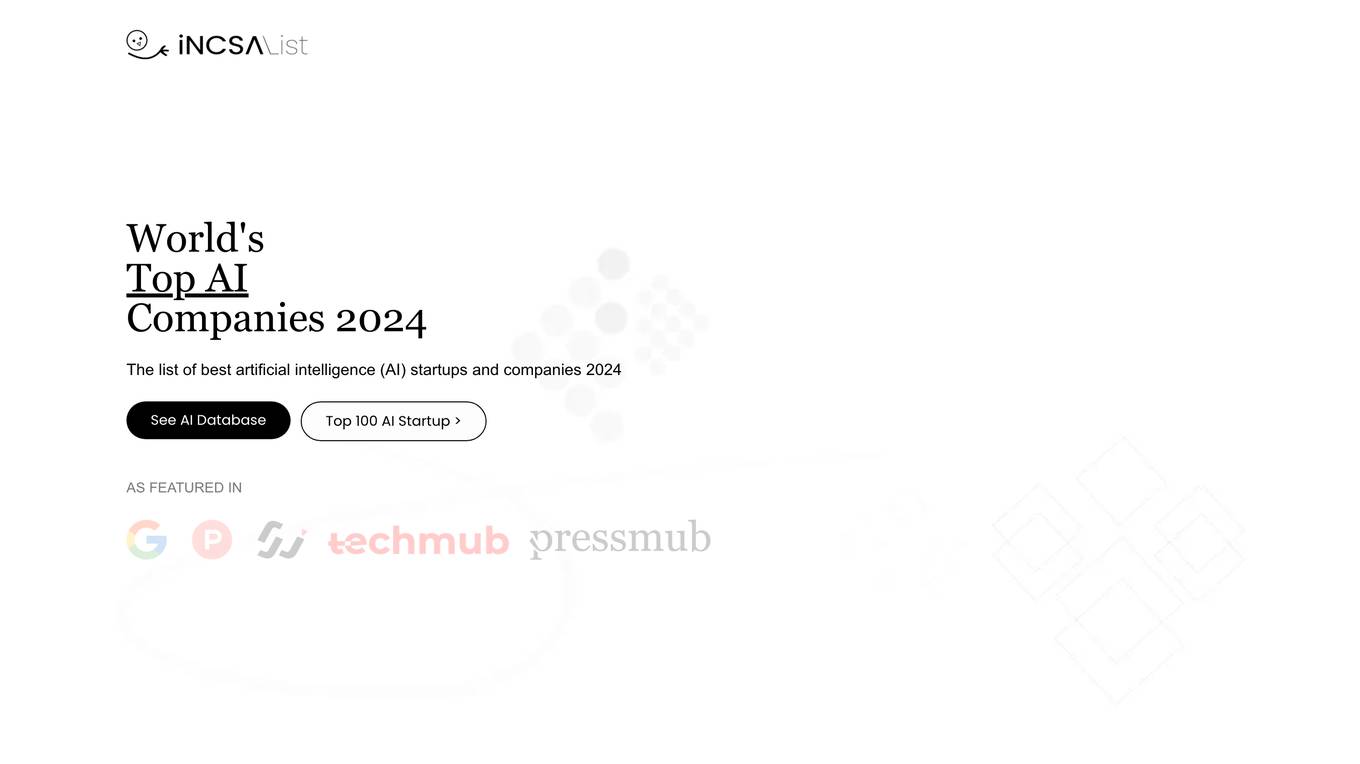
iNCSAI List
iNCSAI List is a comprehensive database of AI startups and companies. It provides information on the latest AI trends, news, and resources. The website also offers a directory of AI companies, sorted by industry and location. iNCSAI List is a valuable resource for anyone interested in learning more about AI or finding AI-related products and services.
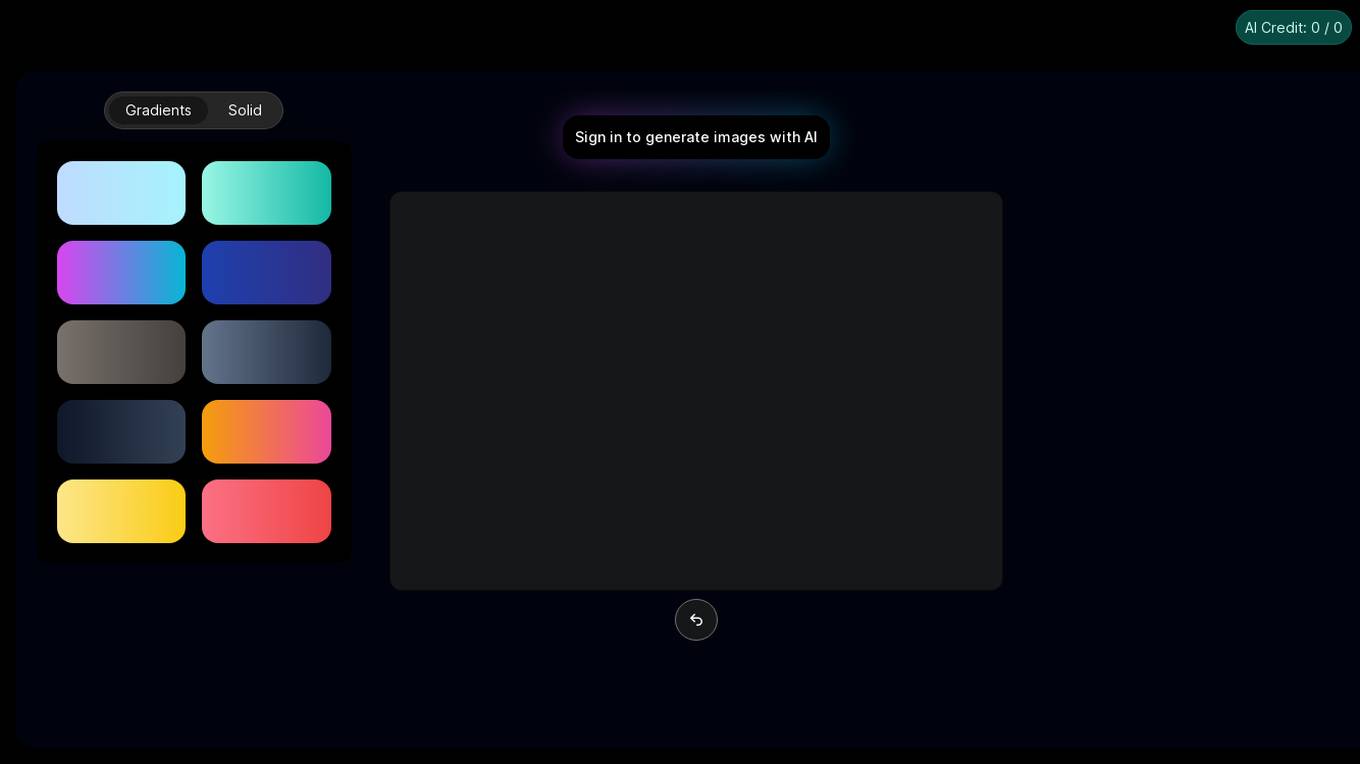
Image Bear AI
Image Bear AI is an advanced image recognition tool that utilizes artificial intelligence to analyze and identify objects within images. The application is designed to assist users in various industries such as e-commerce, security, and healthcare by providing accurate and efficient image analysis capabilities. With its cutting-edge technology, Image Bear AI offers a user-friendly interface and fast processing speeds, making it a valuable tool for businesses looking to streamline their image recognition processes.
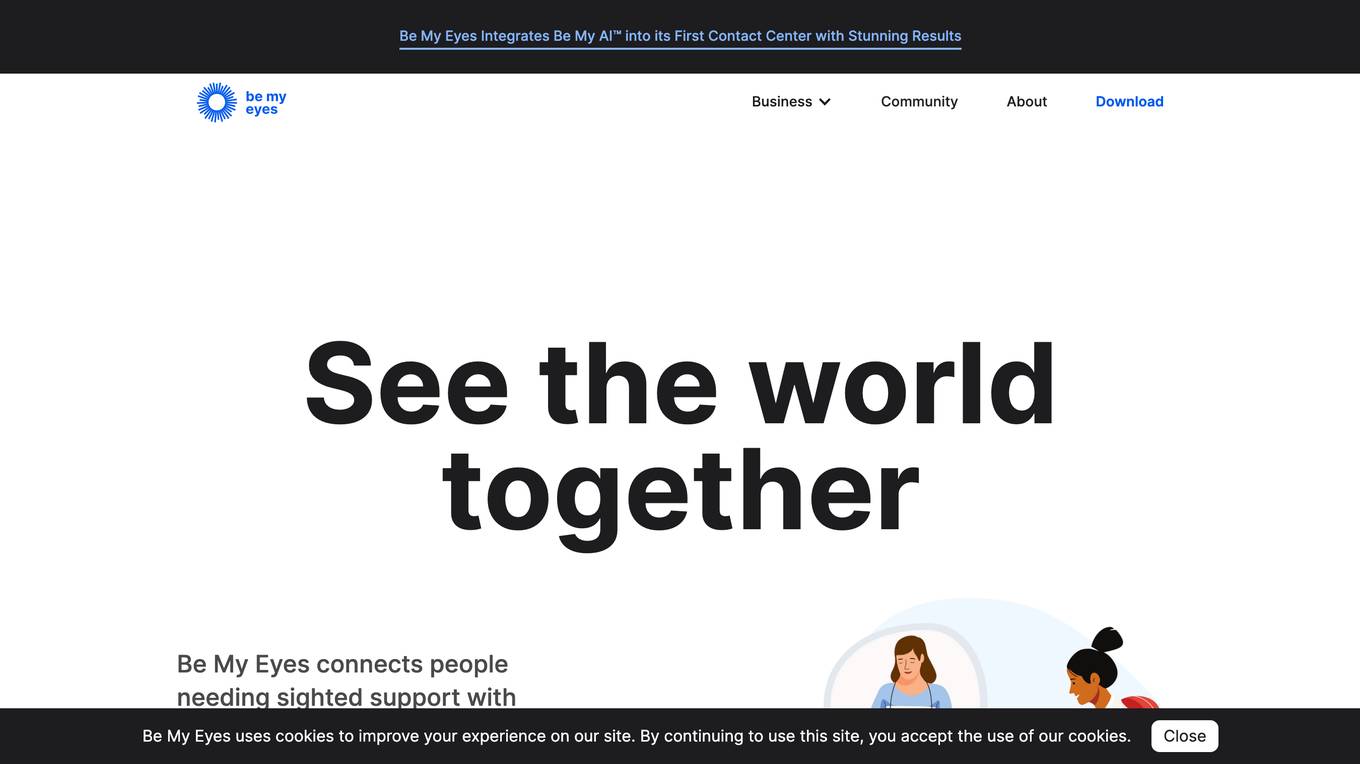
Be My Eyes
Be My Eyes is a free mobile app that connects blind and low-vision people with sighted volunteers and AI-powered assistance. With Be My Eyes, blind and low-vision people can access visual information, get help with everyday tasks, and connect with others in the community. Be My Eyes is available in over 180 languages and has over 6 million volunteers worldwide.
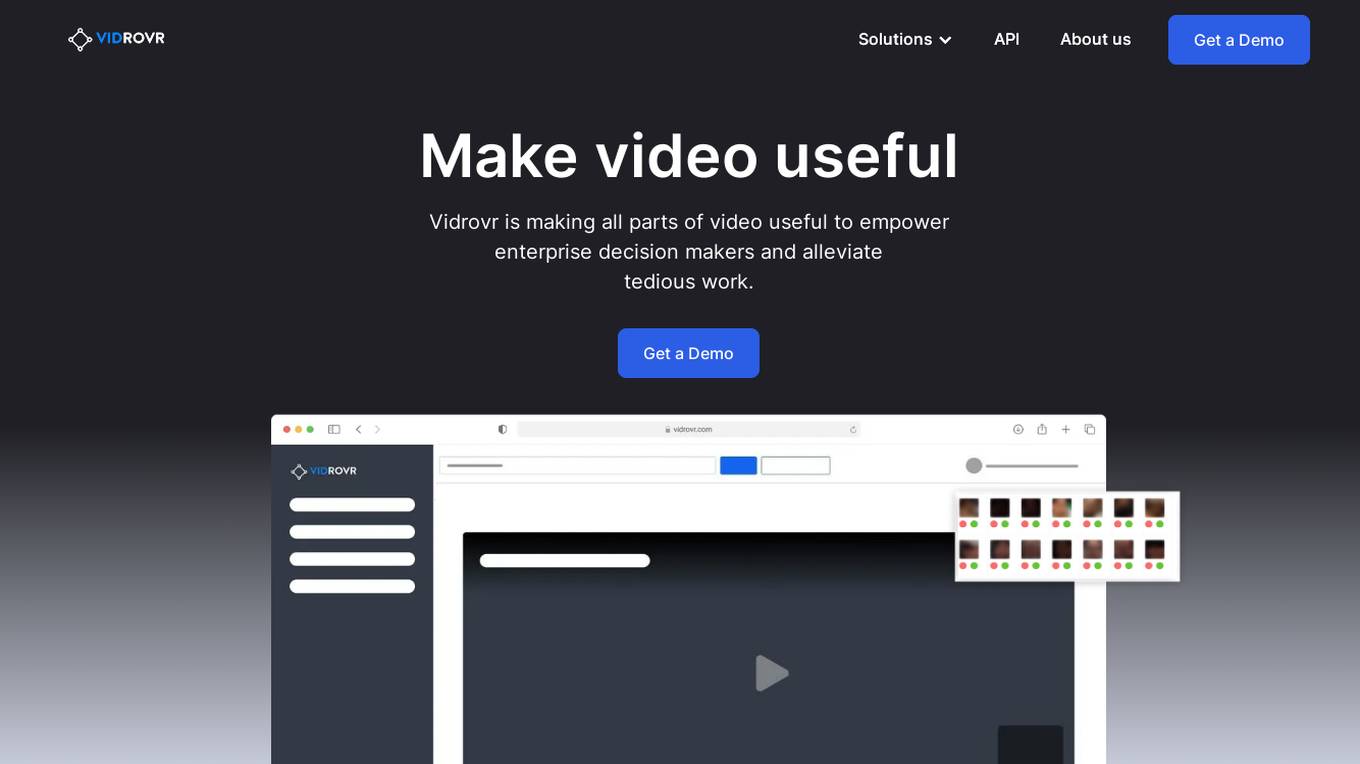
Vidrovr
Vidrovr is a video analysis platform that uses machine learning to process unstructured video, image, or audio data. It provides business insights to help drive revenue, make strategic decisions, and automate monotonous processes within a business. Vidrovr's technology can be used to minimize equipment downtime, proactively plan for equipment replacement, leverage AI to empower mission objectives and decision making, monitor persons or topics of interest across various media sources, ensure critical infrastructure is monitored 24/7/365, and protect ecological assets.

Meta AI
Meta AI is an advanced artificial intelligence tool that enables users to learn, create, and explore the world around them. With features like AI Studio for creating custom AIs and Llama for building the future of AI, Meta AI offers cutting-edge technology to bring visions to life. Users can engage with AI characters, identify objects, and have conversations using voice commands. The platform is designed to make AI more accessible and engaging for everyone, with a focus on open collaboration and innovation.
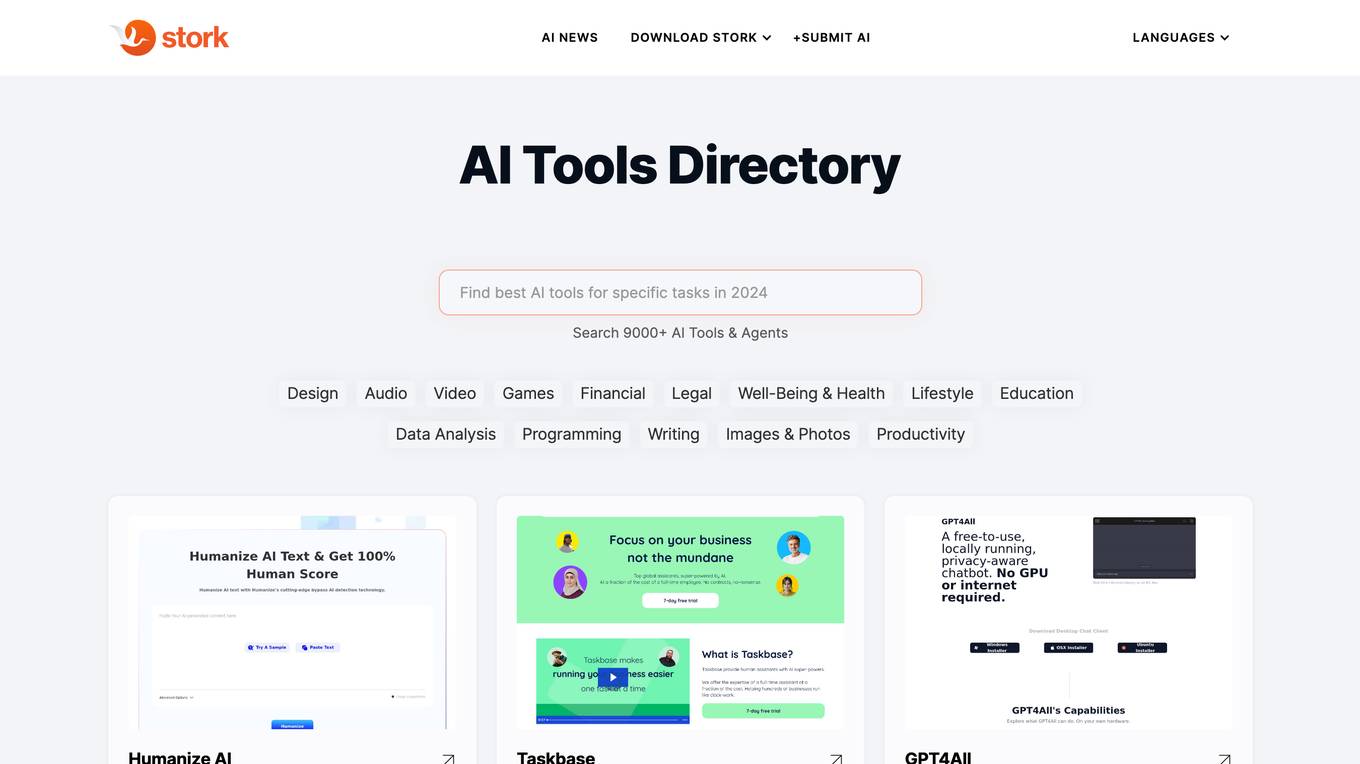
Stork
Stork is an AI App Directory & Marketplace that provides a comprehensive listing of over 9000 AI tools and agents. The platform allows users to search and discover AI tools based on their specific needs and preferences. Stork also offers a variety of resources and support to help users get the most out of AI technology.
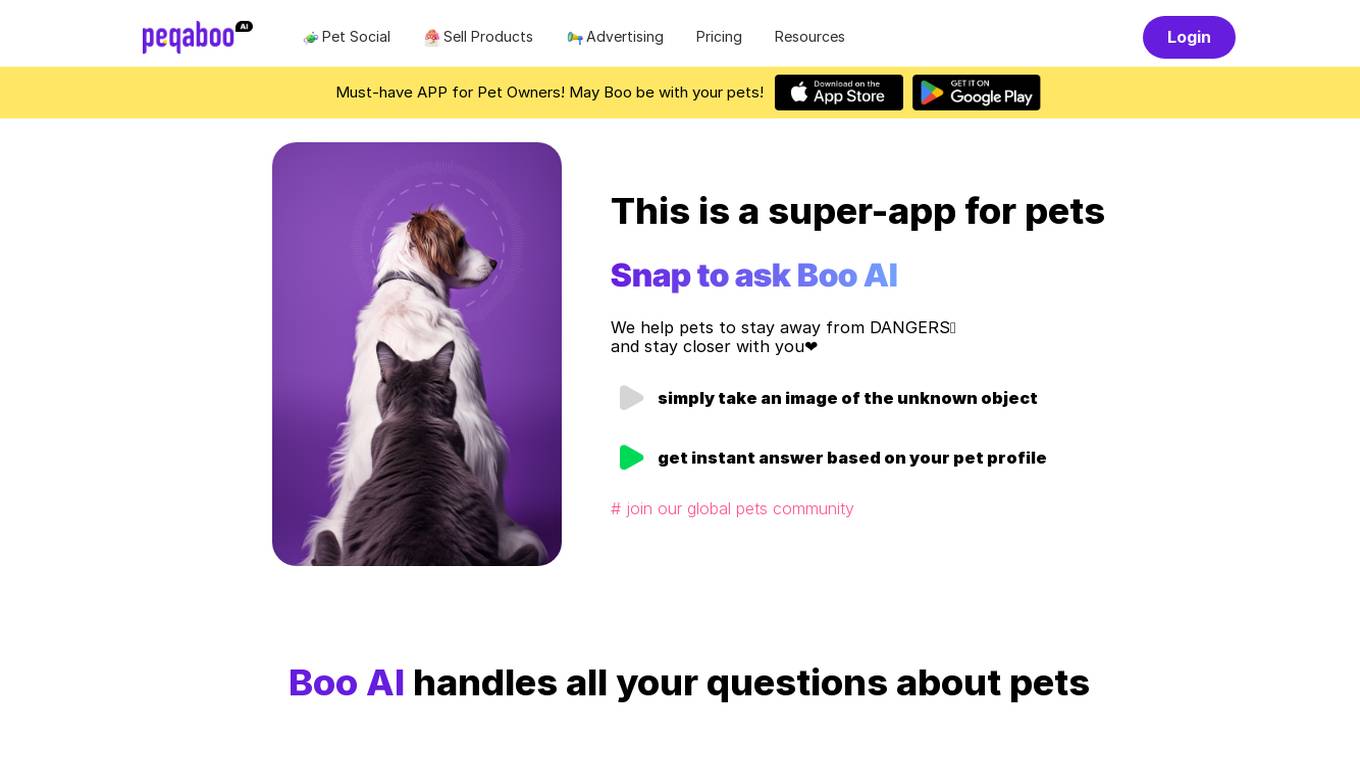
Peqaboo
Peqaboo is an AI-powered pet social app designed to help pet owners with various aspects of pet care. The app allows users to ask Boo AI questions about their pets, identify toxic plants or foods, and receive instant answers based on their pet's profile. Peqaboo also offers a feature to train a new Boo AI, enabling users to transform their knowledge into AI tools. The app aims to make pet life easier and more enjoyable by providing personalized pet care advice and fostering a global pet community.
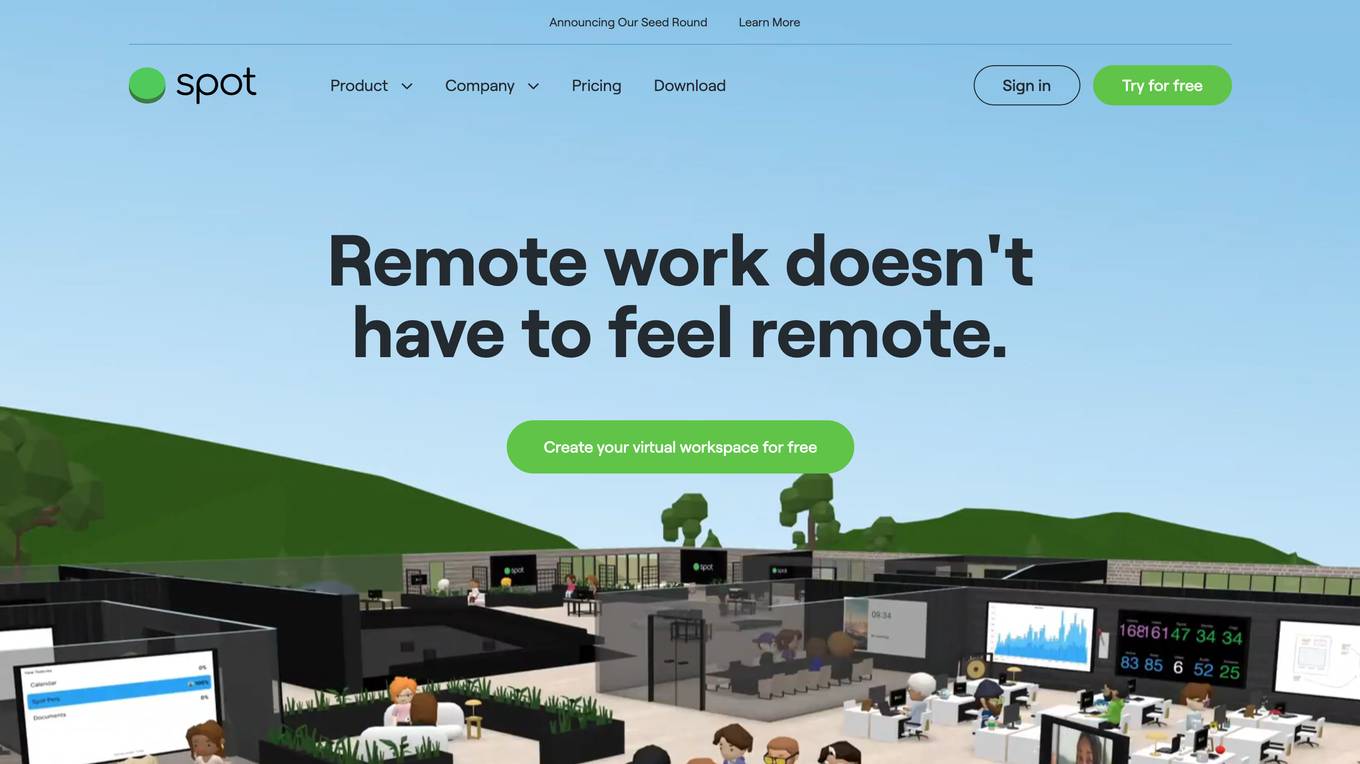
Spot
Spot is a web application that requires JavaScript to be enabled to run. It is a tool designed for a specific purpose, although the exact nature of the tool is not clear from the provided text. The application likely offers functionality related to spotting or identifying something, based on its name. Users can interact with the app through a web browser, and it may provide visual or interactive features to enhance the user experience.

Rank One Computing
Rank One Computing (ROC) is an American-made provider of multimodal biometrics and computer vision solutions, specializing in face recognition, fingerprint recognition, and artificial intelligence technologies. Trusted by the U.S. military, law enforcement, and leading FinTech brands, ROC offers top-ranked software for identity proofing and threat detection. Their suite of products includes ROC SDK, ROC Watch, and custom enterprise AI development services. With a focus on security and efficiency, ROC aims to make the world safer and more convenient through unbiased and privacy-conscious applications.
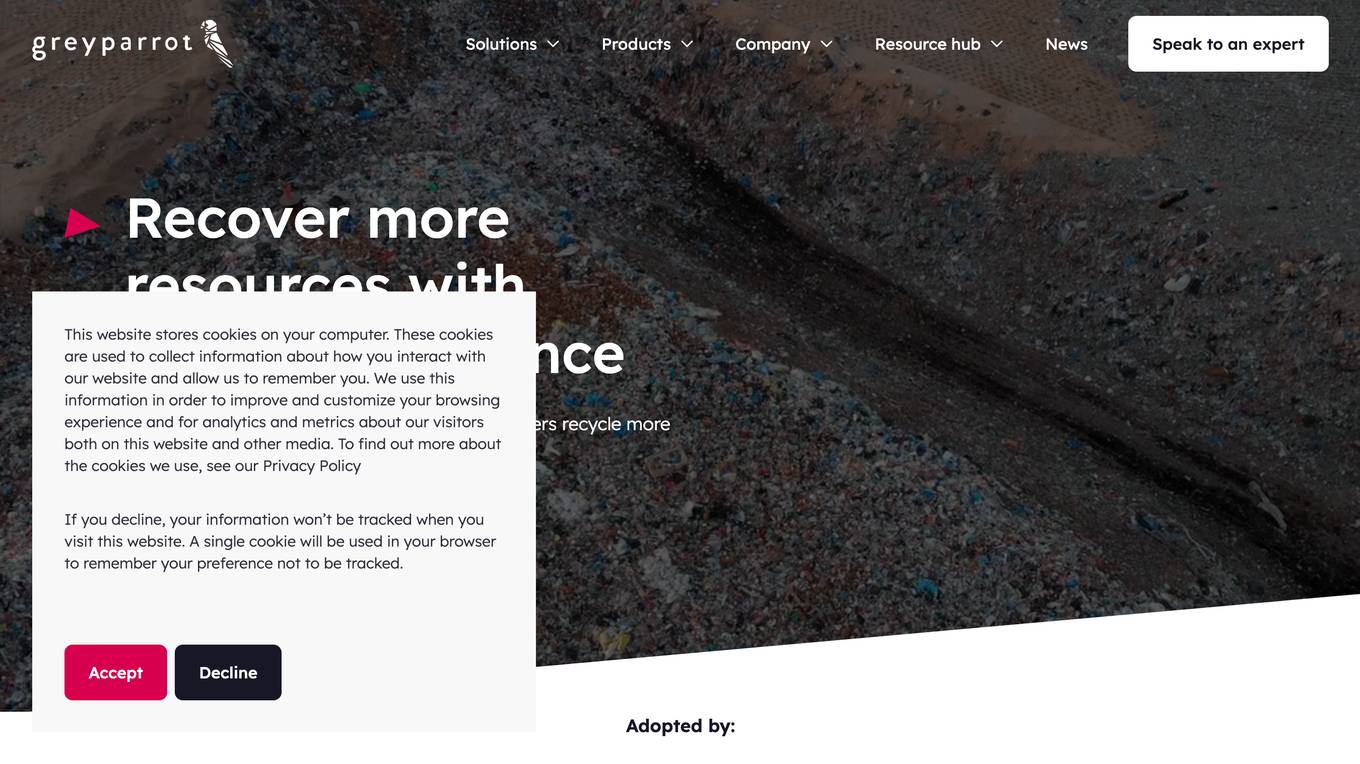
Greyparrot
Greyparrot provides AI-powered waste analytics solutions for recycling facilities and packaging companies. Their AI waste analytics platform, Greyparrot Analyzer, uses cameras to track materials passing on conveyor belts and translates images into real-time insights on a live dashboard. Greyparrot Sync connects that live data stream to existing or new hardware and software. Greyparrot's AI identifies all of the waste objects found in global municipal recovery sites, with 67 waste categories and counting. Their AI waste analytics enable automation in sorting facilities and increase transparency at each stage of the global value chain.
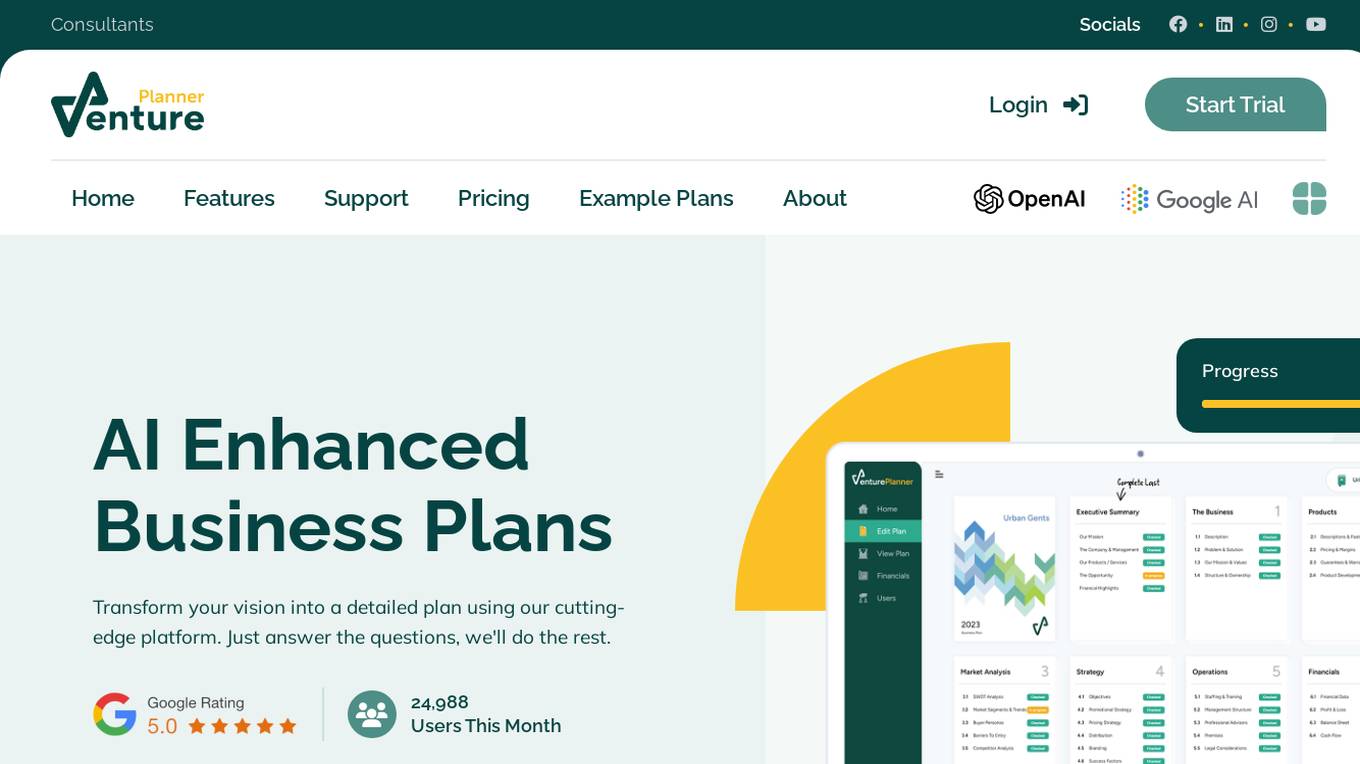
Venture Planner
Venture Planner is an AI-powered platform designed to help users generate professional business plans effortlessly. By answering a series of multiple-choice questions, users can create detailed financial forecasts without the need for typing. The platform is fully bespoke to each user's business, offering automated projections, professional quality plans, and strategy suggestions. With over 50,000 users across 74 industries in 22 countries, Venture Planner leverages cutting-edge AI technology to outpace competitors and provide data-driven insights for informed decision-making.
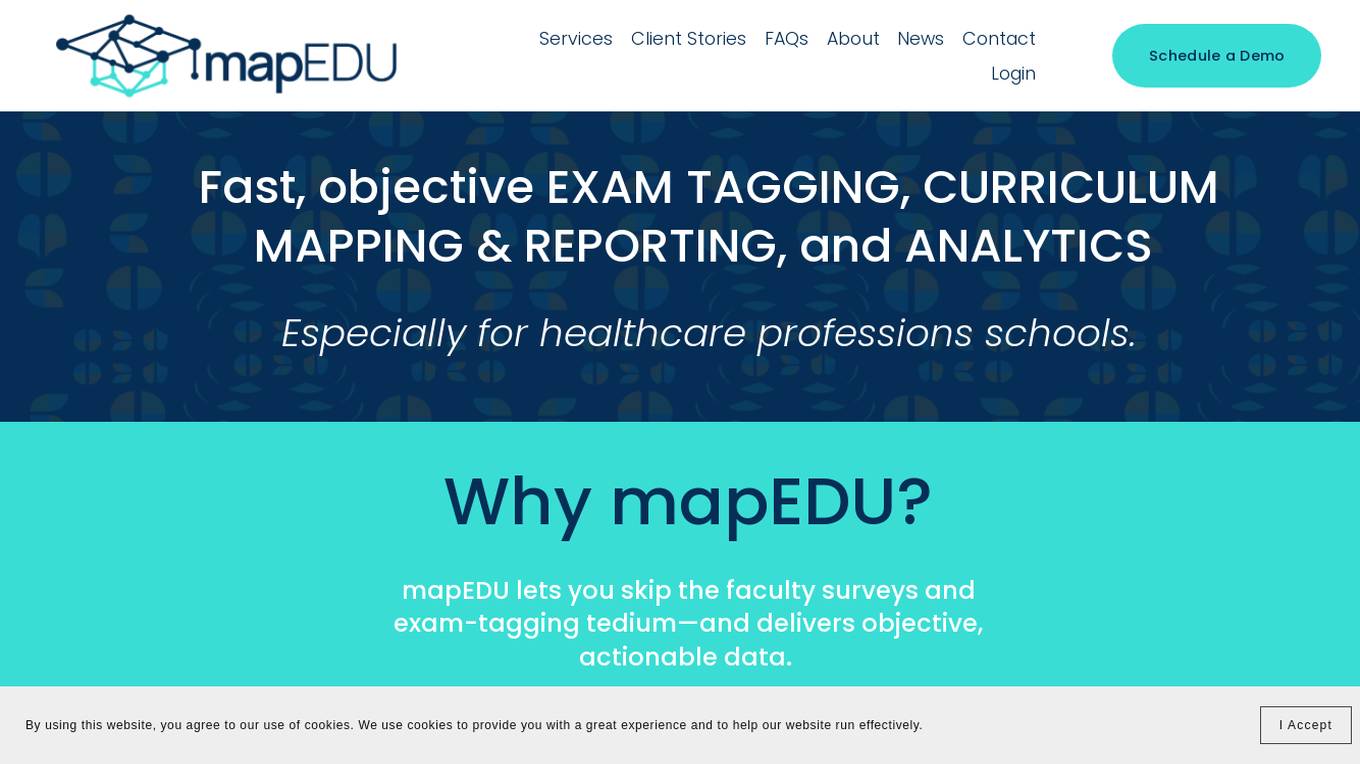
mapEDU
mapEDU is an AI-powered curriculum mapping and exam tagging software designed specifically for healthcare professions schools. It uses natural language processing and machine learning to automatically extract relevant MeSH tags from existing digital content, map events/courses/programs with outcomes, and auto-tag exam questions. This provides healthcare professions schools with objective, actionable data to improve curriculum design, validate revisions, and enhance student performance analytics.
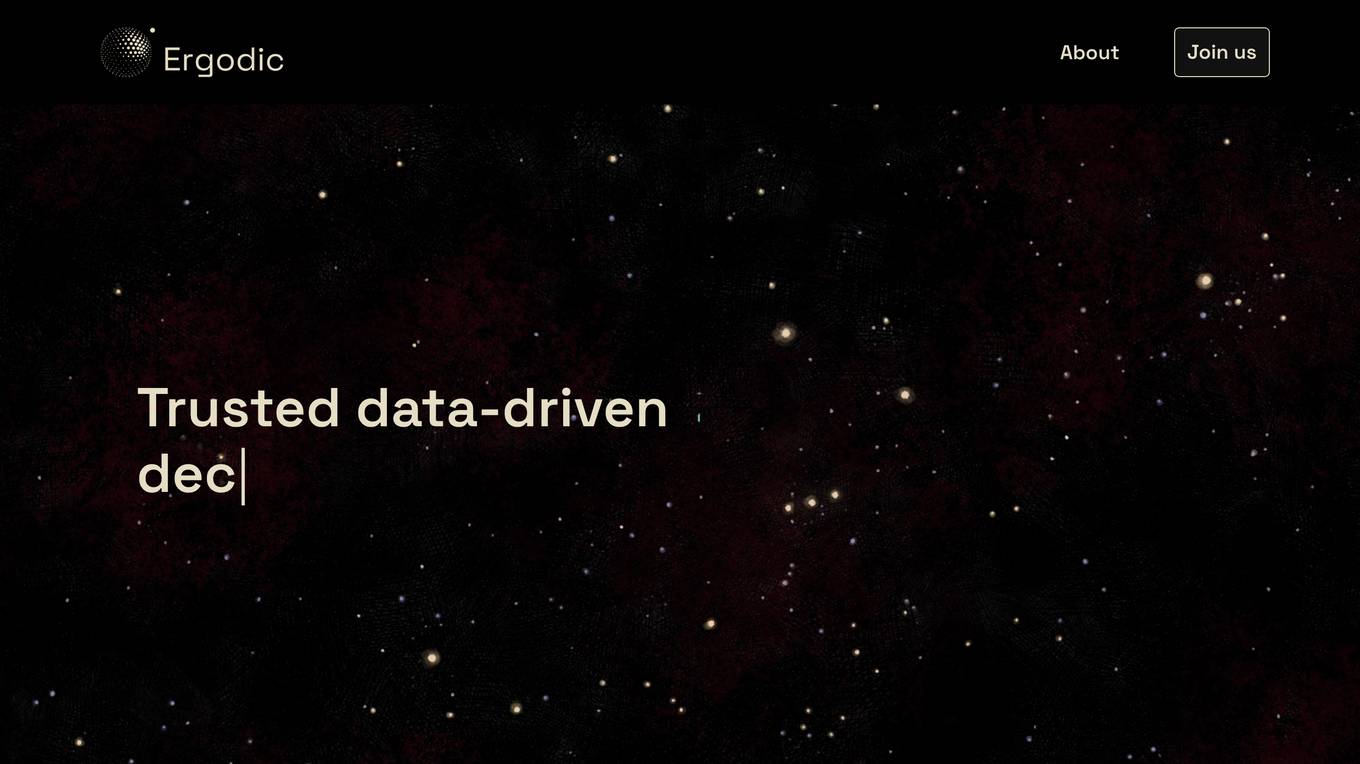
Ergodic - Kepler
Ergodic is an AI tool called Kepler that enables data-driven decisions for businesses. Kepler acts as an AI action engine, bridging the knowledge gap between business context and data to help optimize processes, identify opportunities, and mitigate risks. It goes beyond number crunching to build a digital version of the business, allowing users to create scenarios and evaluate outcomes. Kepler focuses on taking action directly, without the need for complex dashboards, providing insights on what needs to be done, why, and the potential outcomes. Ergodic aims to empower businesses with AI-driven solutions for strategic decision-making.
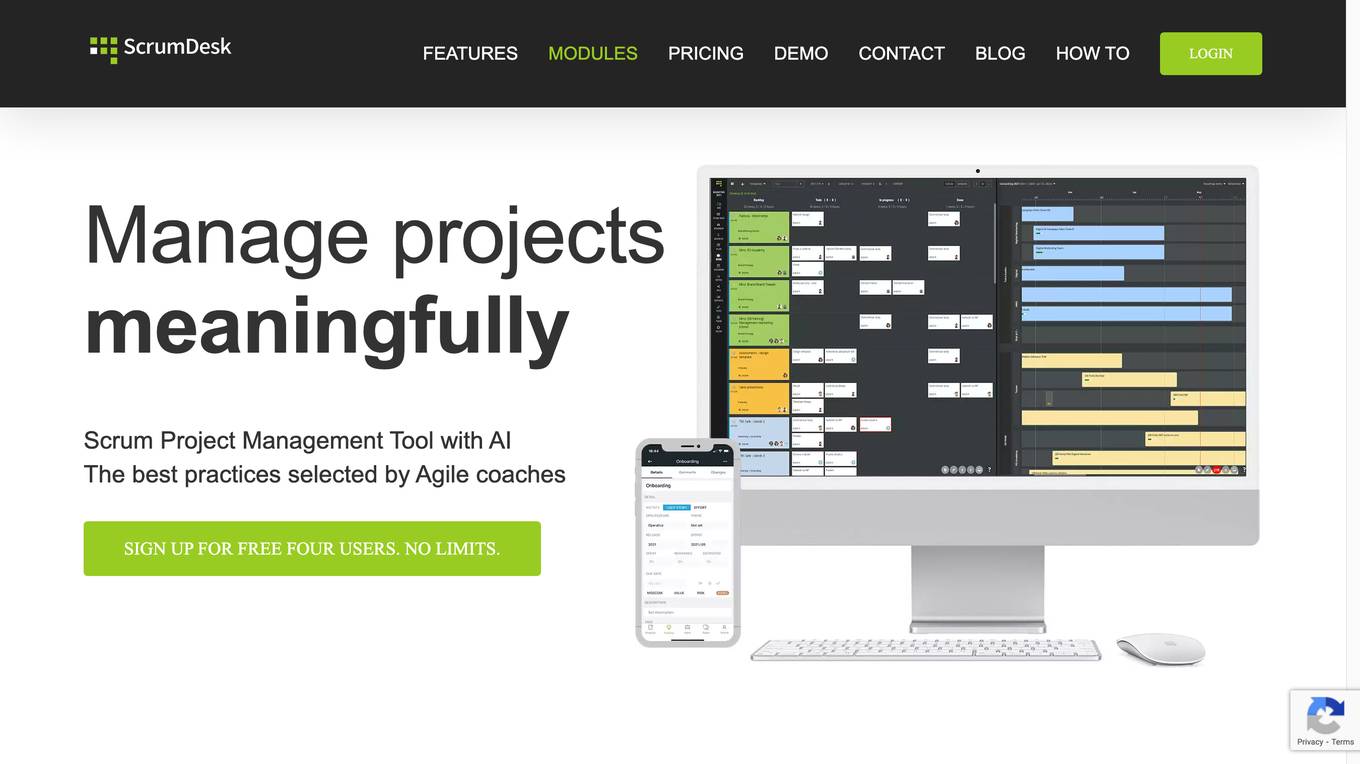
ScrumDesk
ScrumDesk is an online scrum and kanban project management tool for agile teams. It supports objectives and key results, user stories mapping, retrospectives, root cause analysis and many great agile practices. Since 2007.
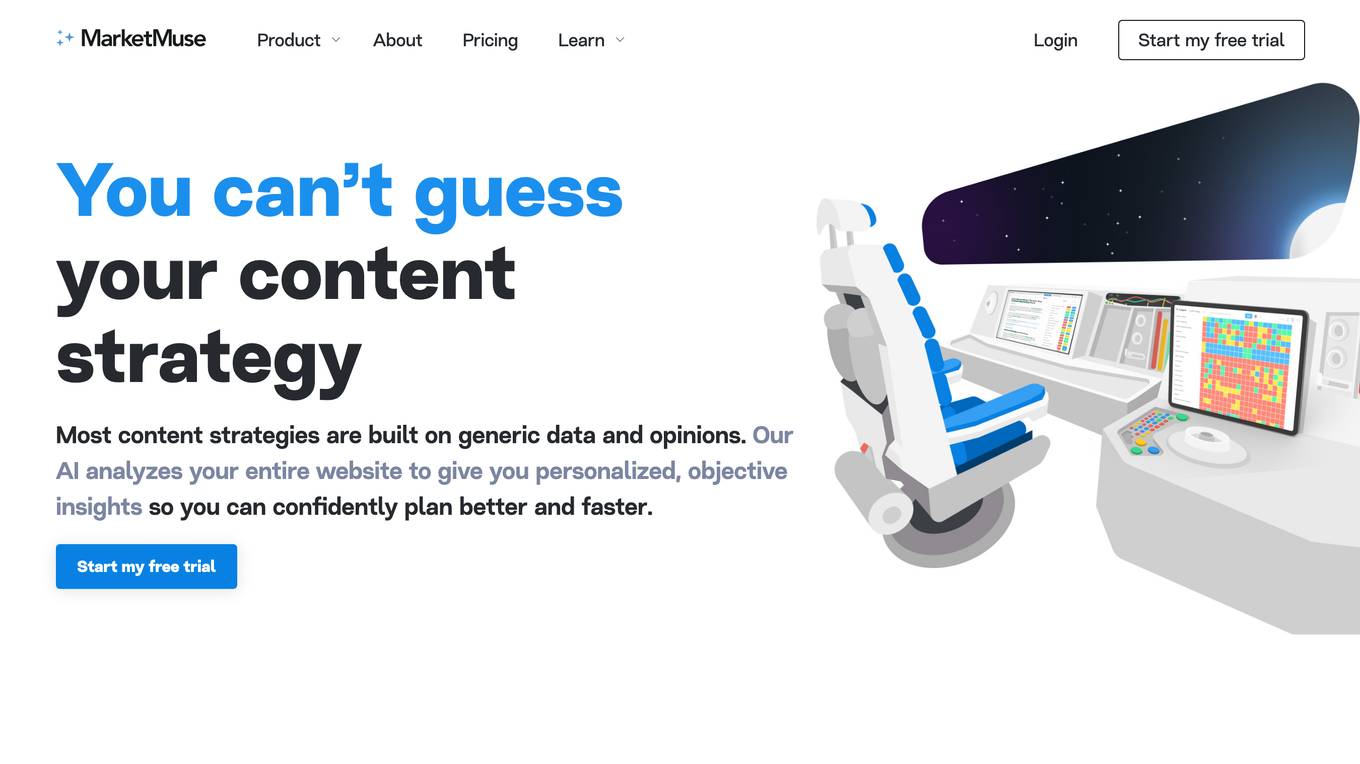
MarketMuse
MarketMuse is an AI-powered content planning and optimization software designed to help users create high-quality content that ranks higher in search engines. The software analyzes existing content inventory, identifies topic clusters, and provides personalized recommendations to improve content strategy. MarketMuse assists in content planning, competitor analysis, and personalized difficulty assessment to enhance content creation and optimization processes. Trusted by content teams, MarketMuse offers a data-driven approach to content development, enabling users to leverage their topical authority and stand out from competitors.
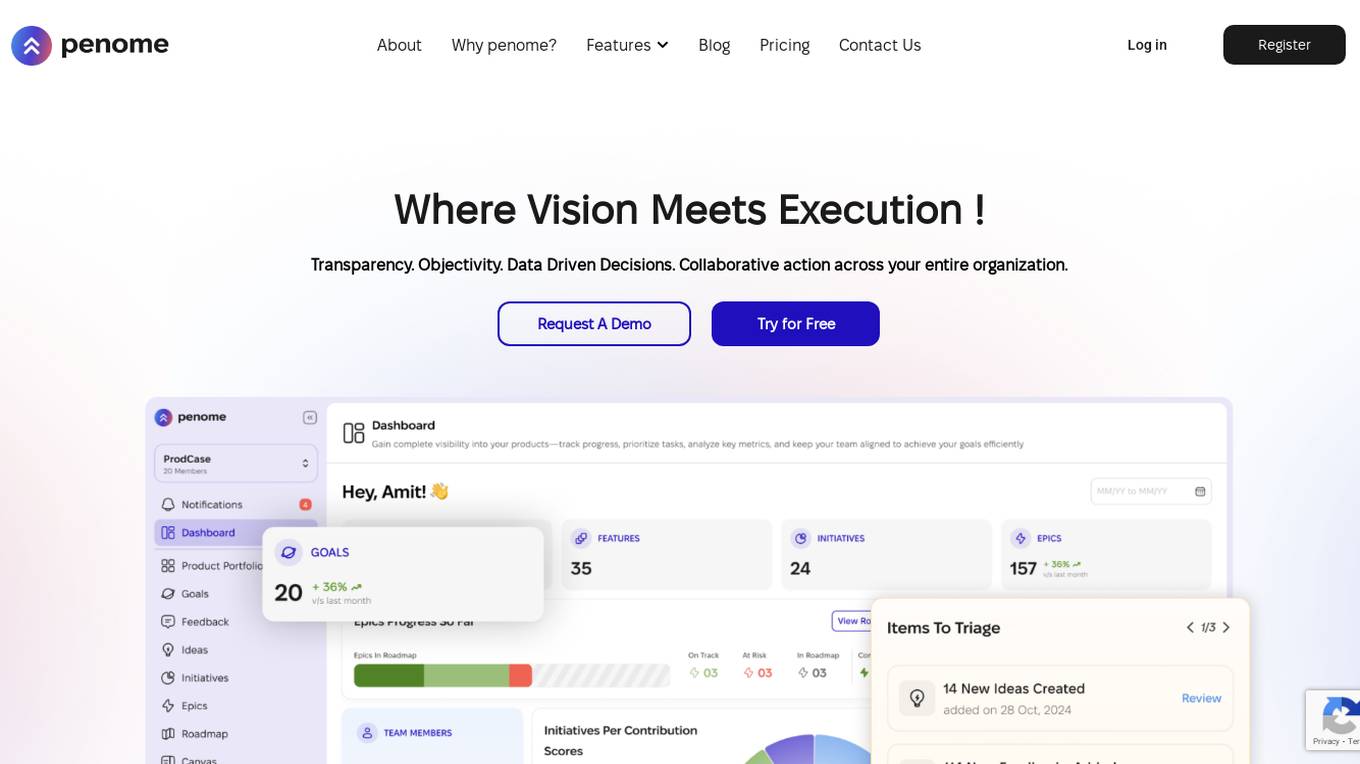
Penome
Penome is an AI-powered product management platform that empowers users to define clear goals, identify key drivers of success, and build roadmaps based on data and AI insights. It offers features like Penome Copilot for automating tasks, feedback management system, standardized goal framework, idea management with AI refinement, product portfolio management, initiatives & epics for impact analysis, and roadmapping & prioritization tools. Penome focuses on transparency, objectivity, and data-driven decisions to help organizations achieve strategic alignment and maximize productivity.
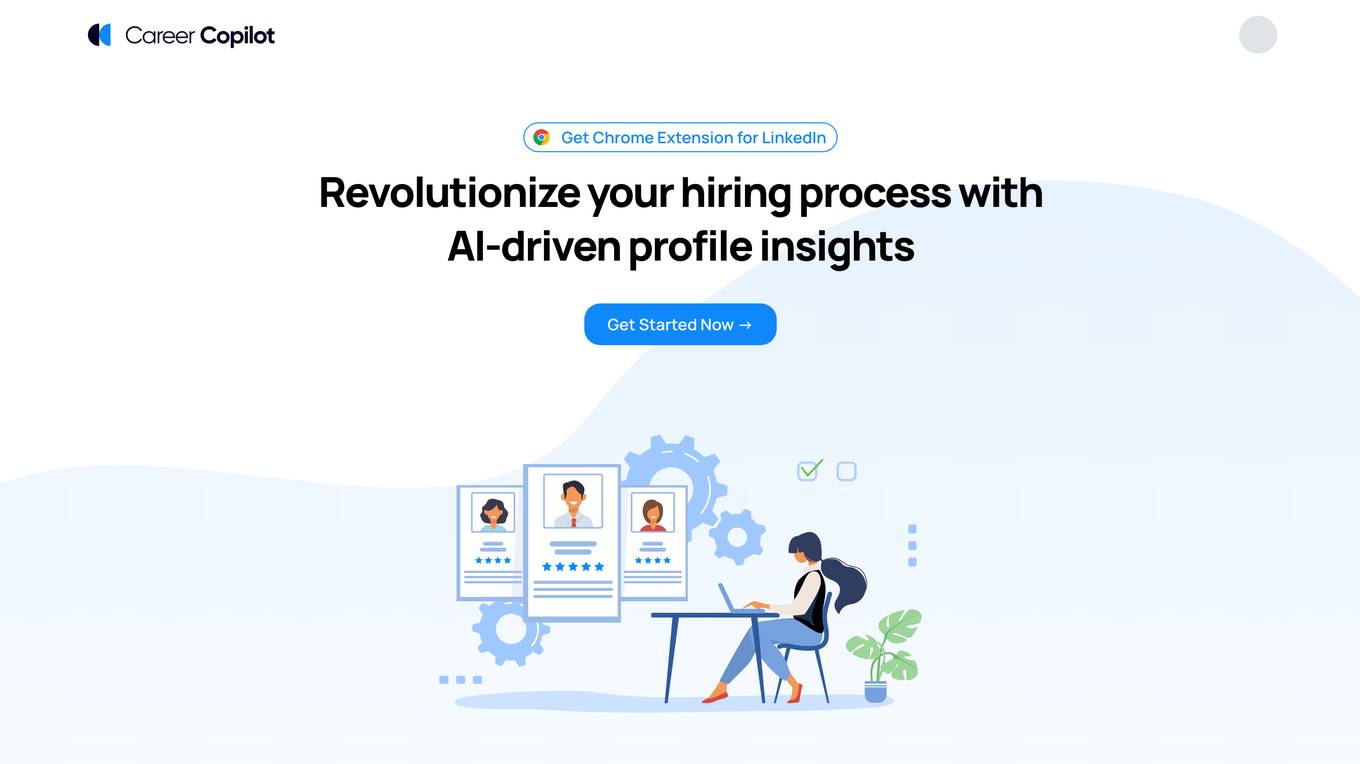
Career Copilot
Career Copilot is an AI-powered hiring tool that helps recruiters and hiring managers find the best candidates for their open positions. The tool uses machine learning to analyze candidate profiles and identify those who are most qualified for the job. Career Copilot also provides a number of features to help recruiters streamline the hiring process, such as candidate screening, interview scheduling, and offer management.
1 - Open Source AI Tools
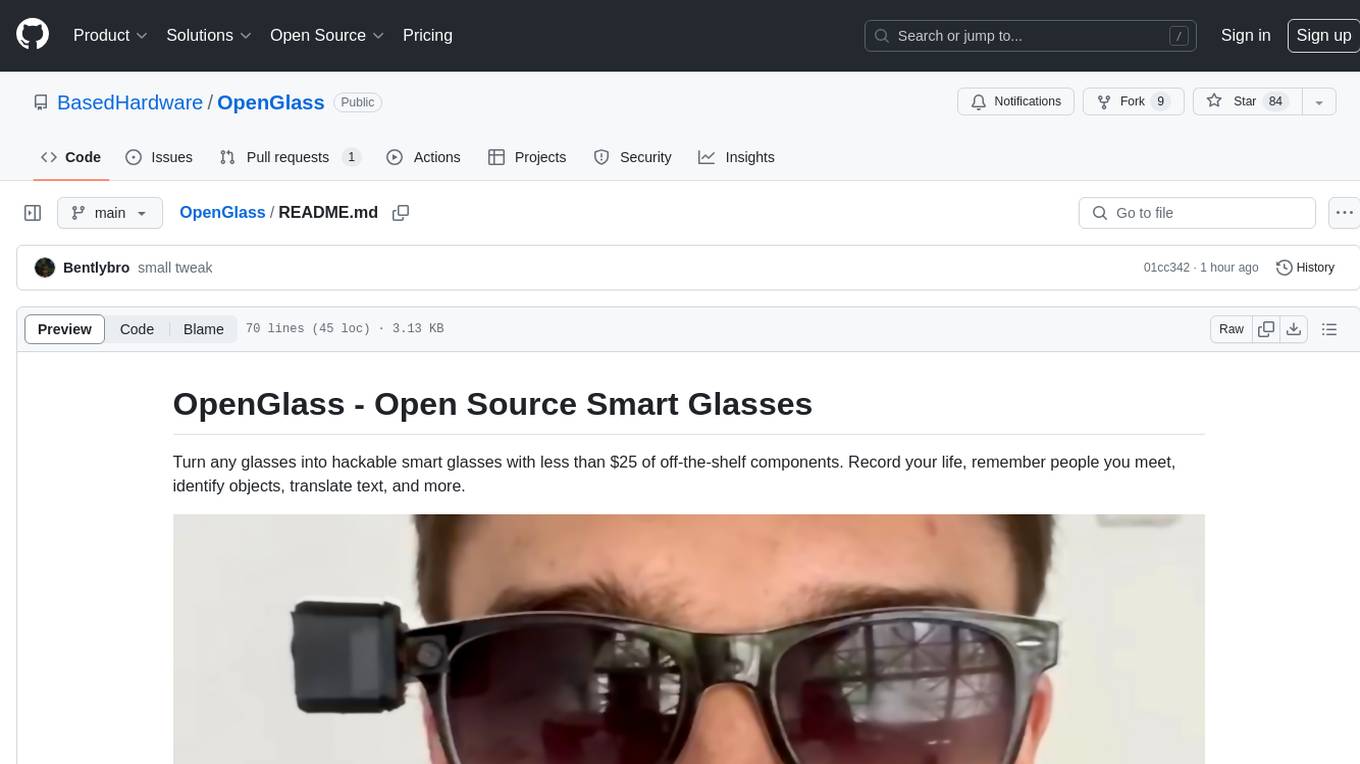
OpenGlass
OpenGlass is an open-source project that allows users to transform any regular glasses into smart glasses using affordable off-the-shelf components. With a cost of less than $25, users can enhance their glasses to record their daily activities, recognize people, identify objects, translate text, and more. The project provides detailed instructions on hardware setup and software installation, making it accessible for DIY enthusiasts and tech enthusiasts alike. By following the steps outlined in the repository, users can create their own smart glasses and explore various functionalities offered by the project.
20 - OpenAI Gpts

Value Scout - Keep, Sell, or Toss!
Wondering what something might be worth? Get started instantly - just upload an image!
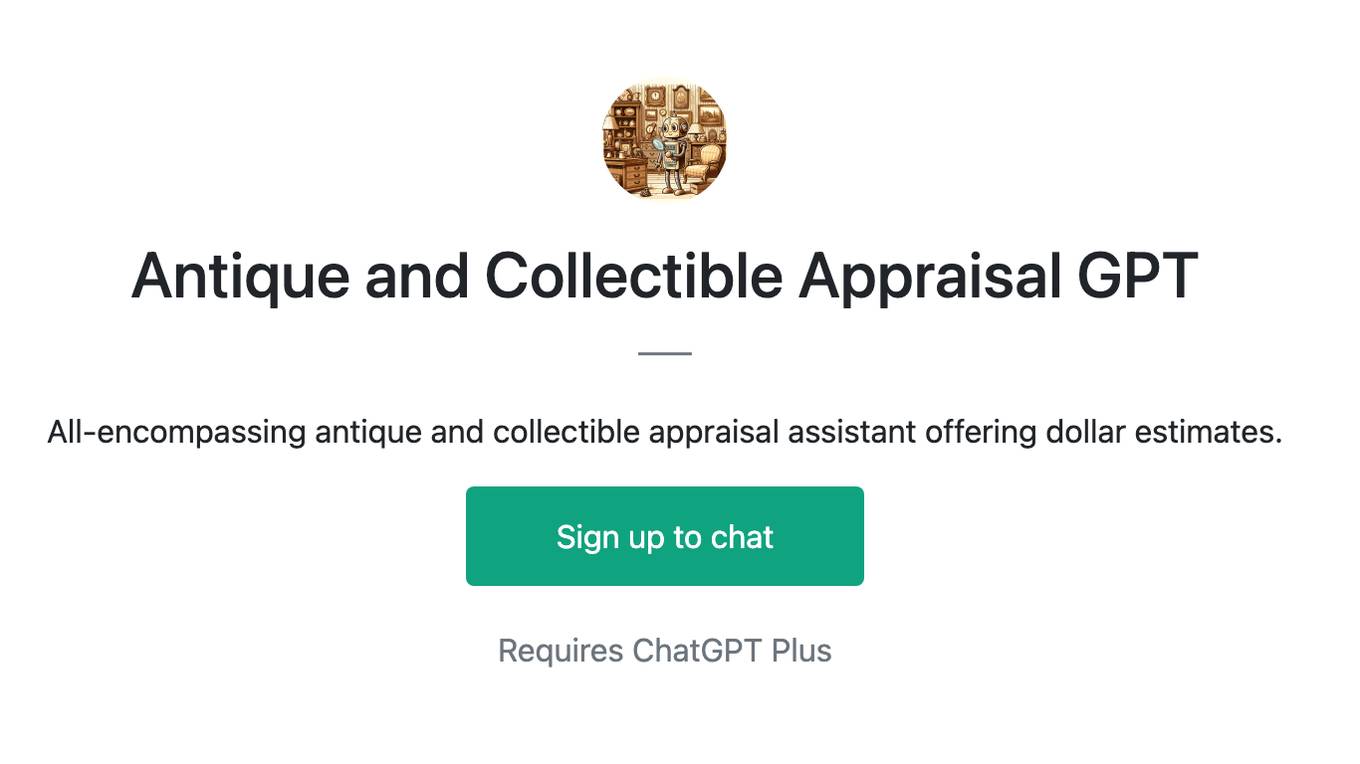
Antique and Collectible Appraisal GPT
All-encompassing antique and collectible appraisal assistant offering dollar estimates.
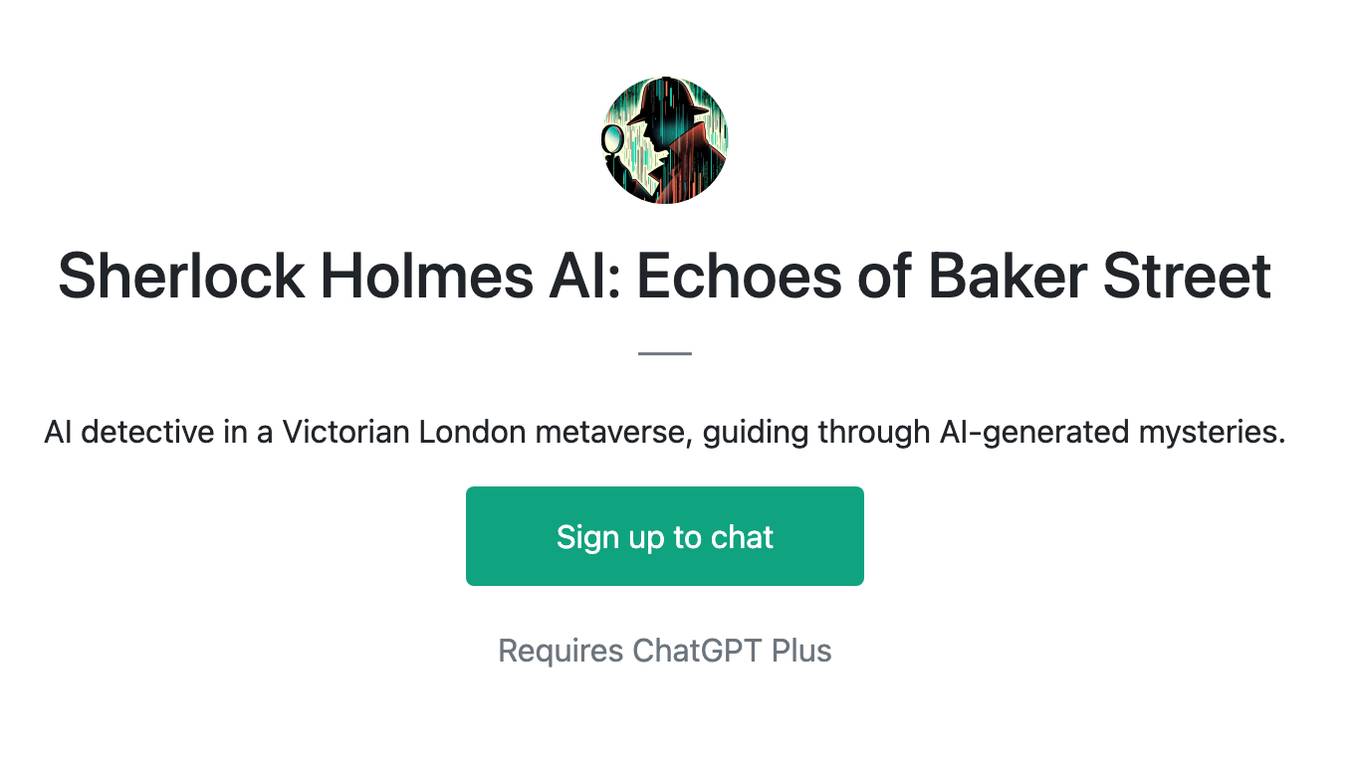
Sherlock Holmes AI: Echoes of Baker Street
AI detective in a Victorian London metaverse, guiding through AI-generated mysteries.
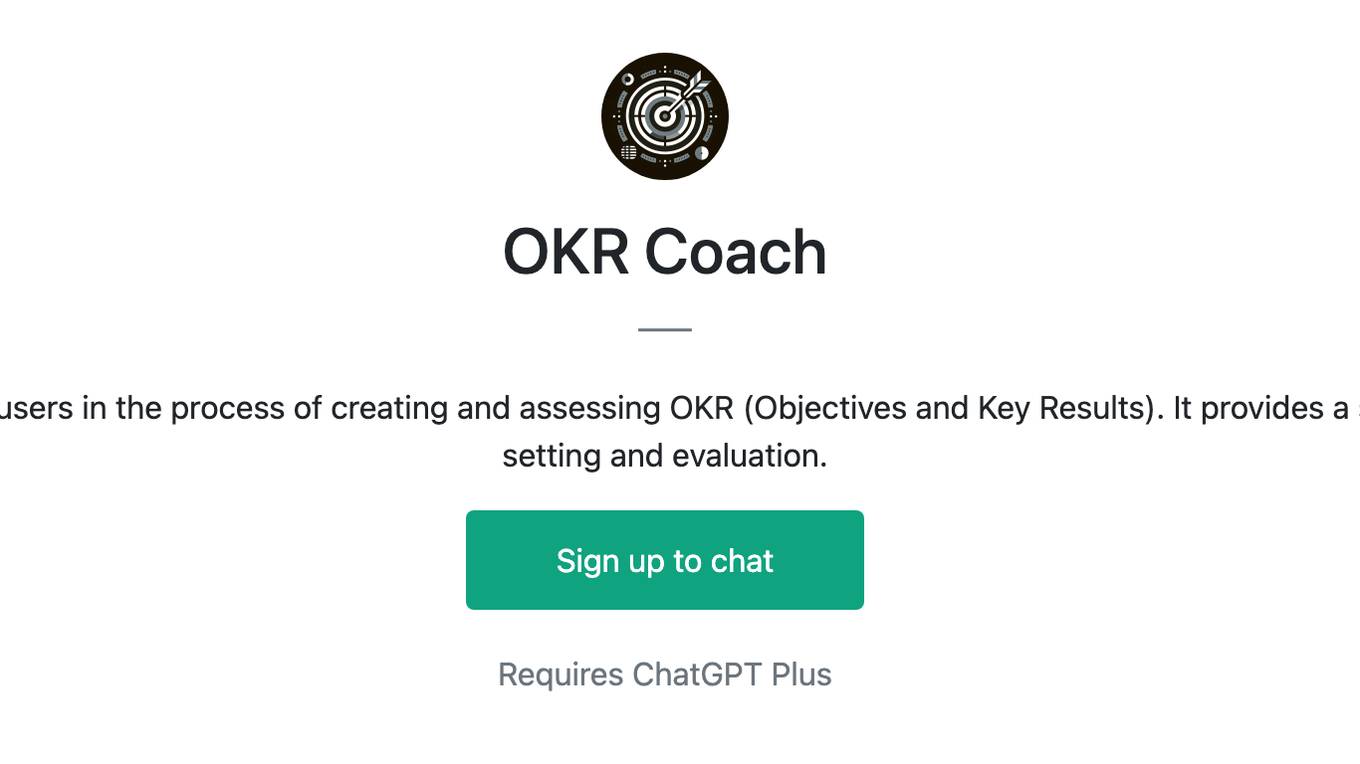
OKR Coach
AI OKR Coach is a tool designed to assist users in the process of creating and assessing OKR (Objectives and Key Results). It provides a structured and flexible approach to OKR setting and evaluation.
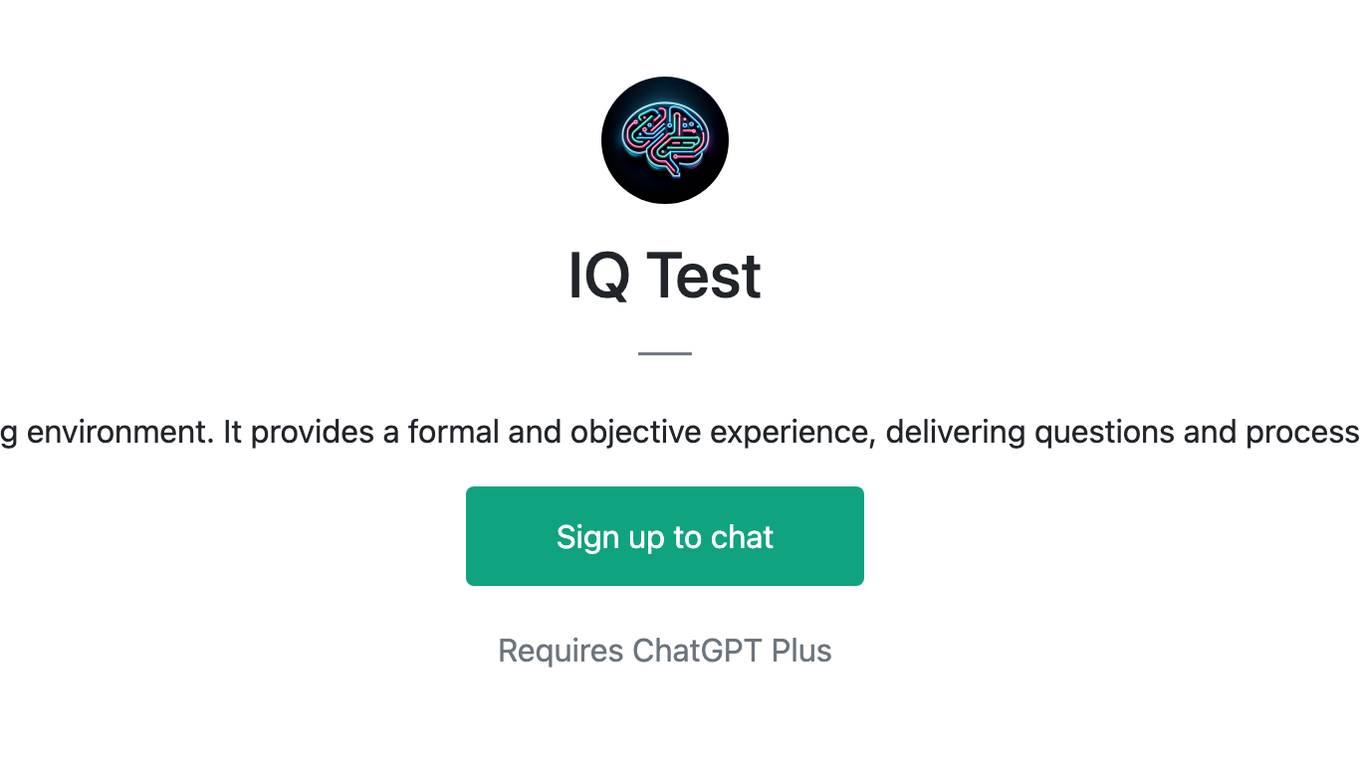
IQ Test
IQ Test is designed to simulate an IQ testing environment. It provides a formal and objective experience, delivering questions and processing answers in a straightforward manner.
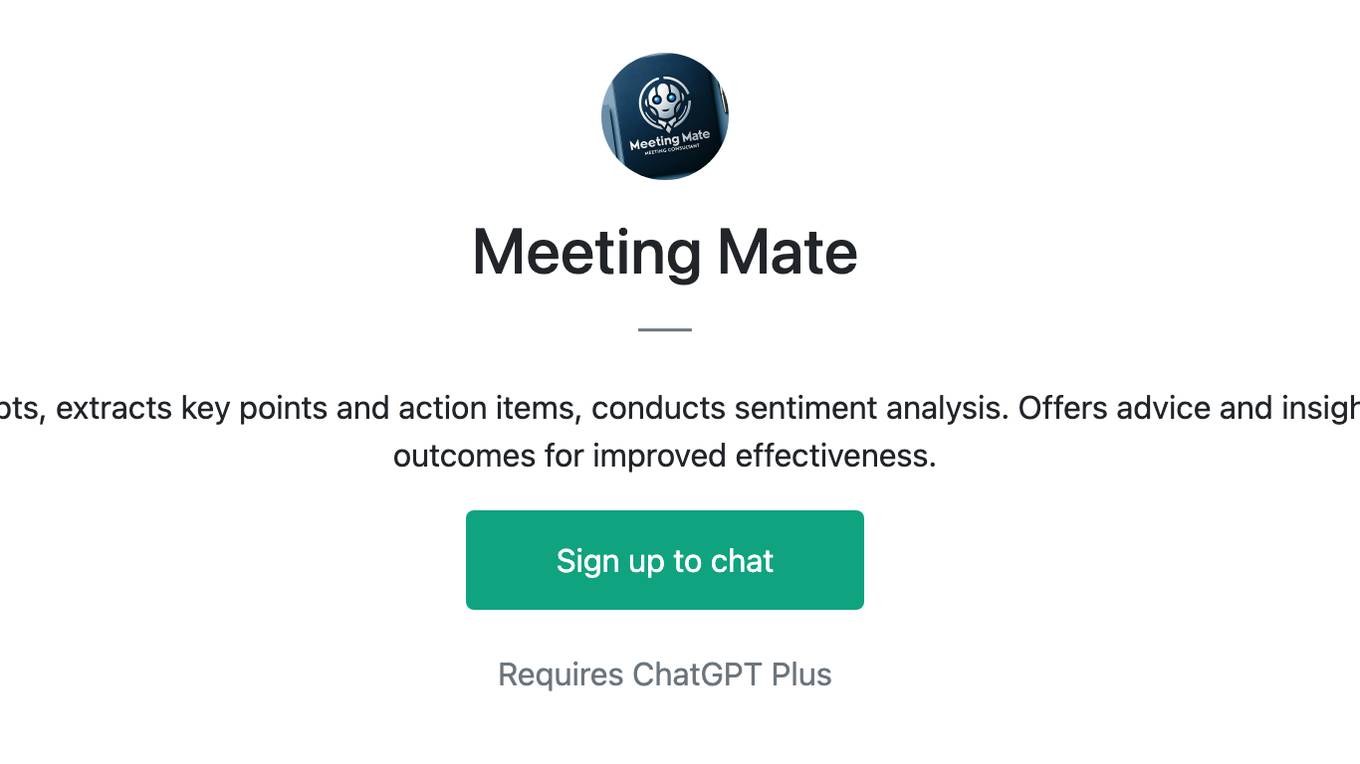
Meeting Mate
AI Meeting Analyst: Summarizes transcripts, extracts key points and action items, conducts sentiment analysis. Offers advice and insights on meeting content, objectives, and outcomes for improved effectiveness.
Creating structured courses by CourseGenie.ai
Provide a Topic and an Audience and we'll help you create 1. Course description 2. Outline 3. Learning Outcomes 5. Skills-Knowledge-Attitude objectives 5. Key points per lesson
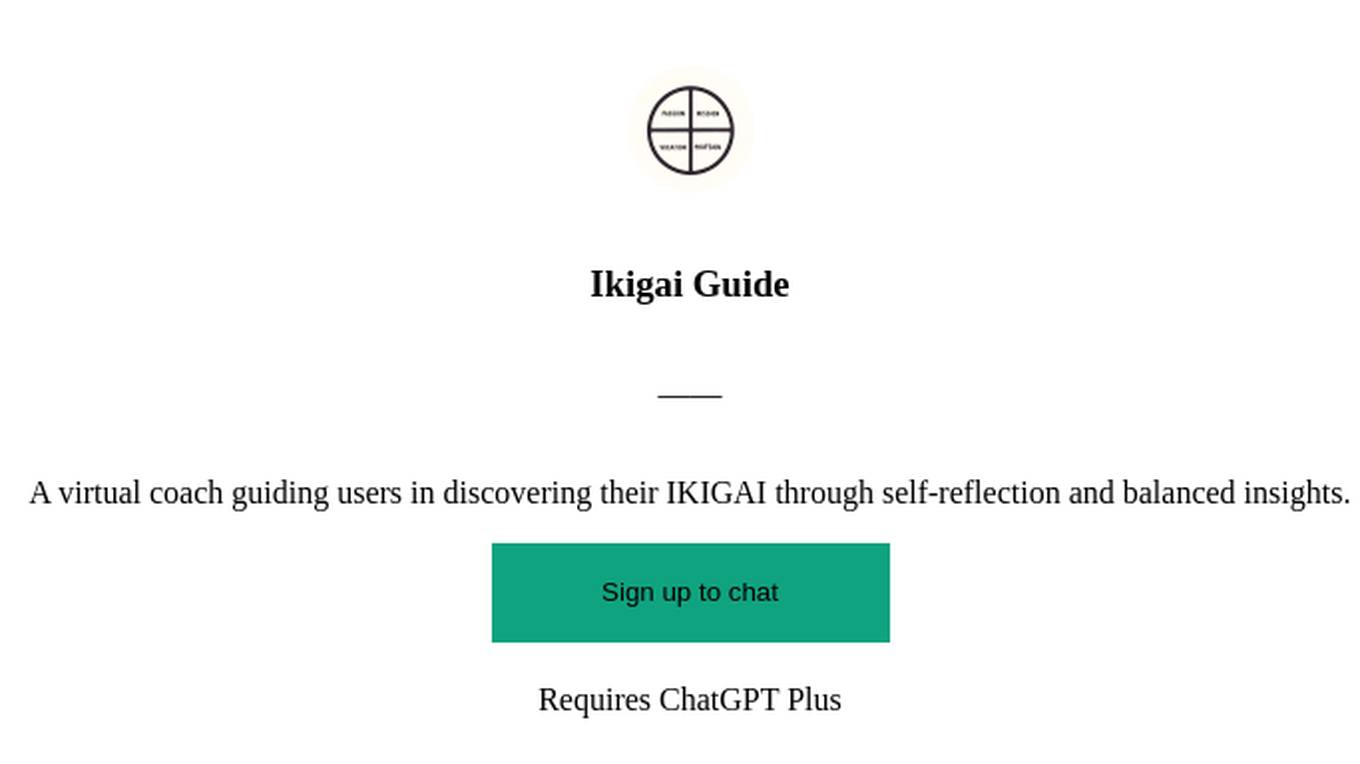
Ikigai Guide
A virtual coach guiding users in discovering their IKIGAI through self-reflection and balanced insights.
